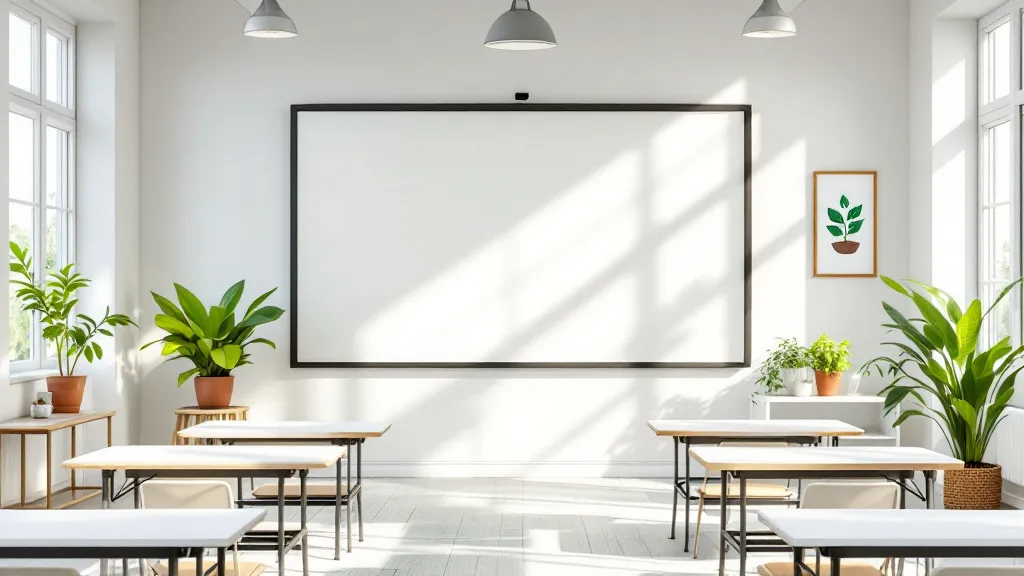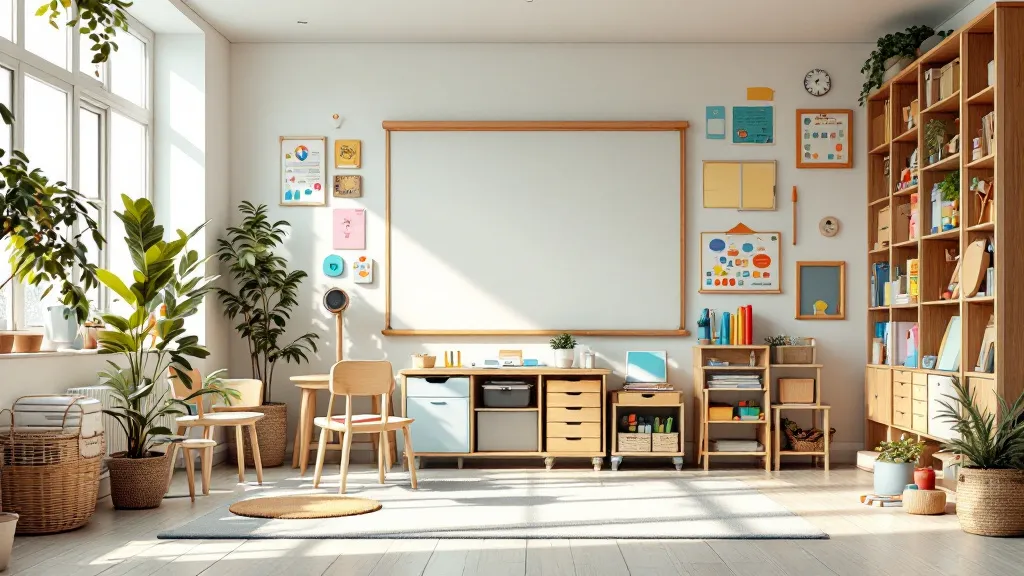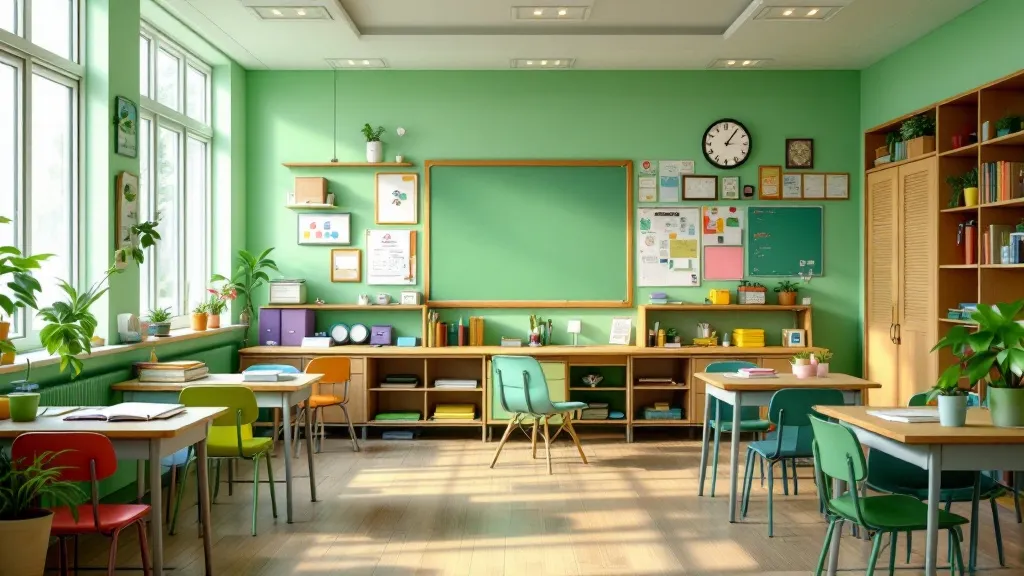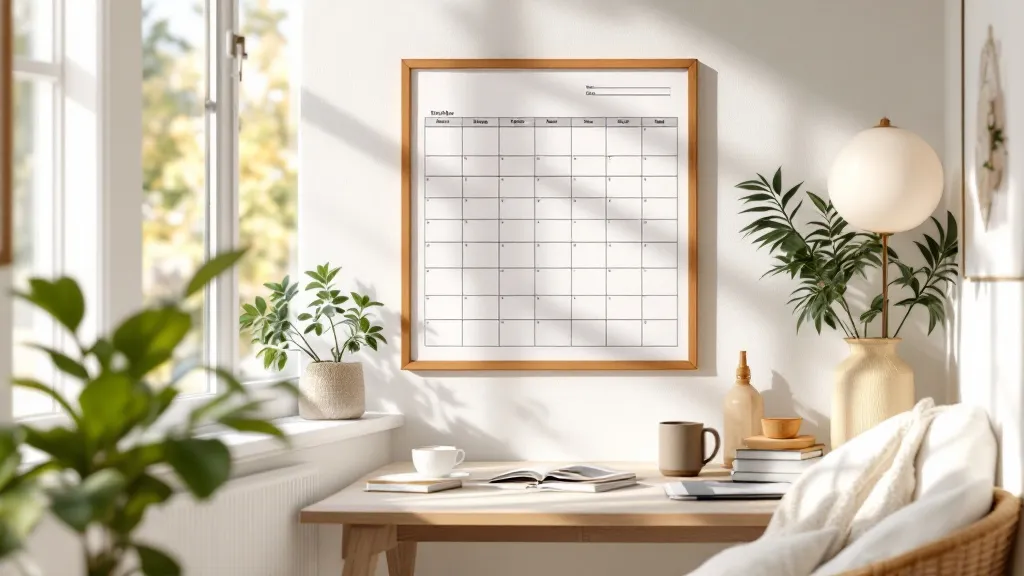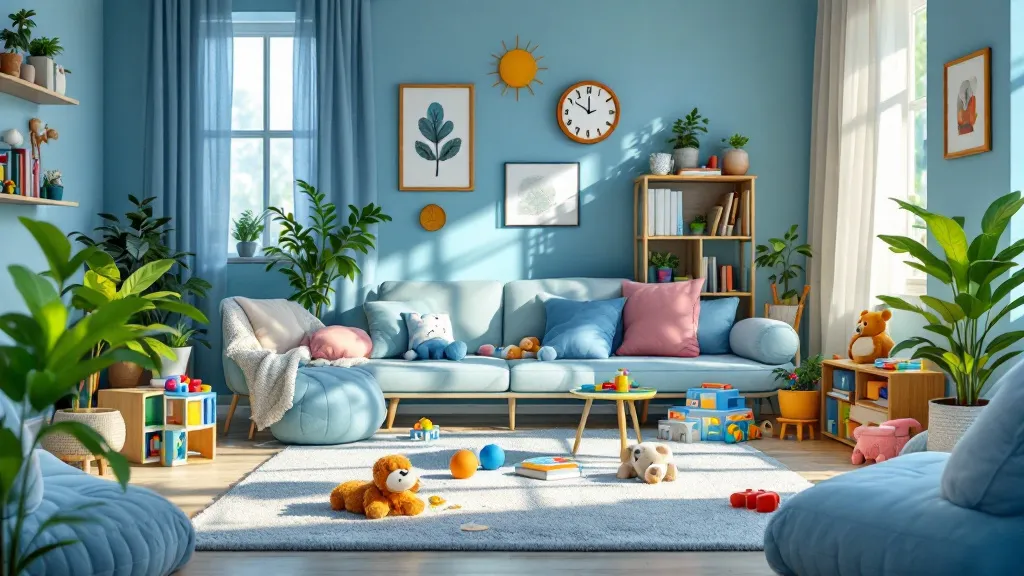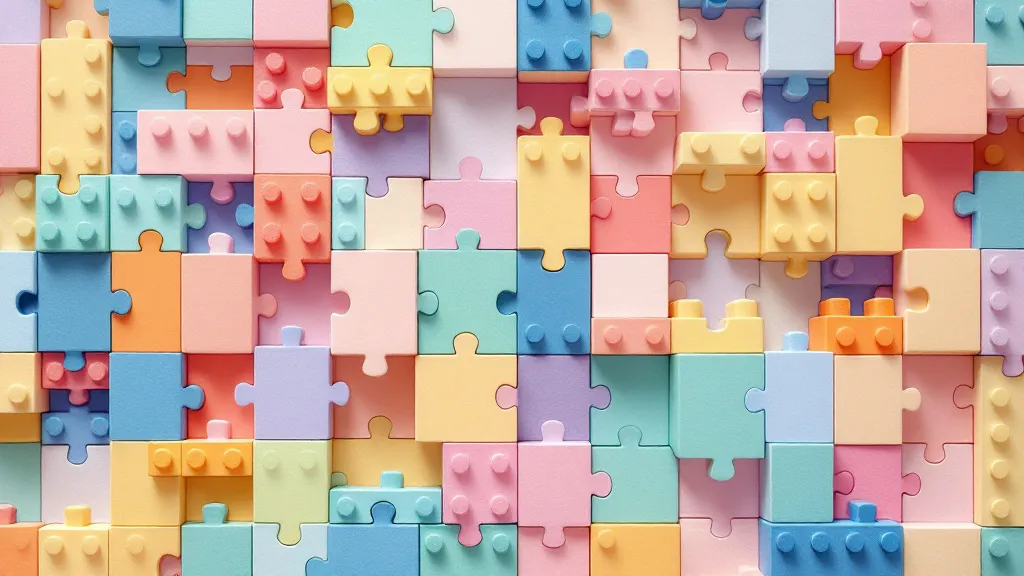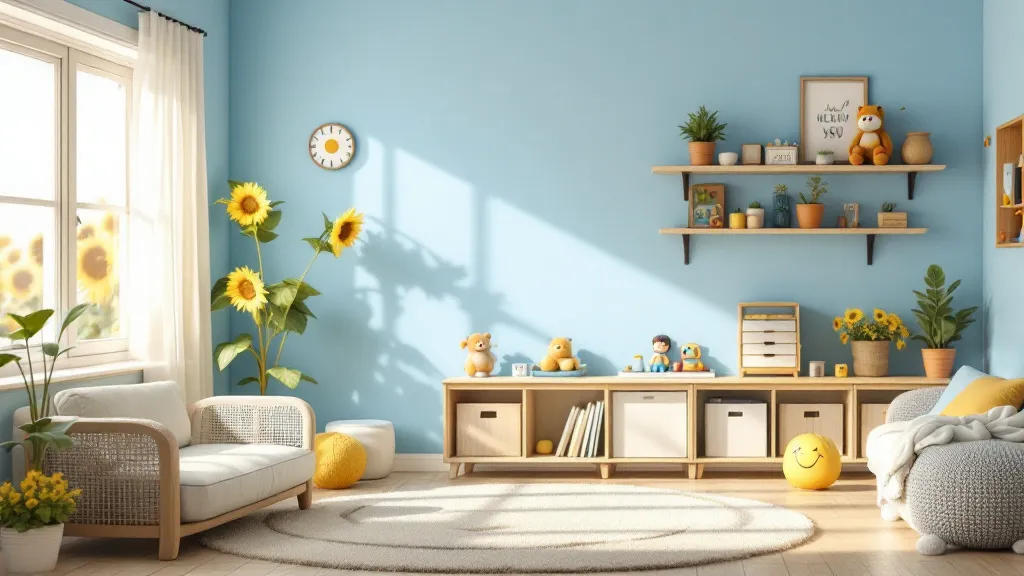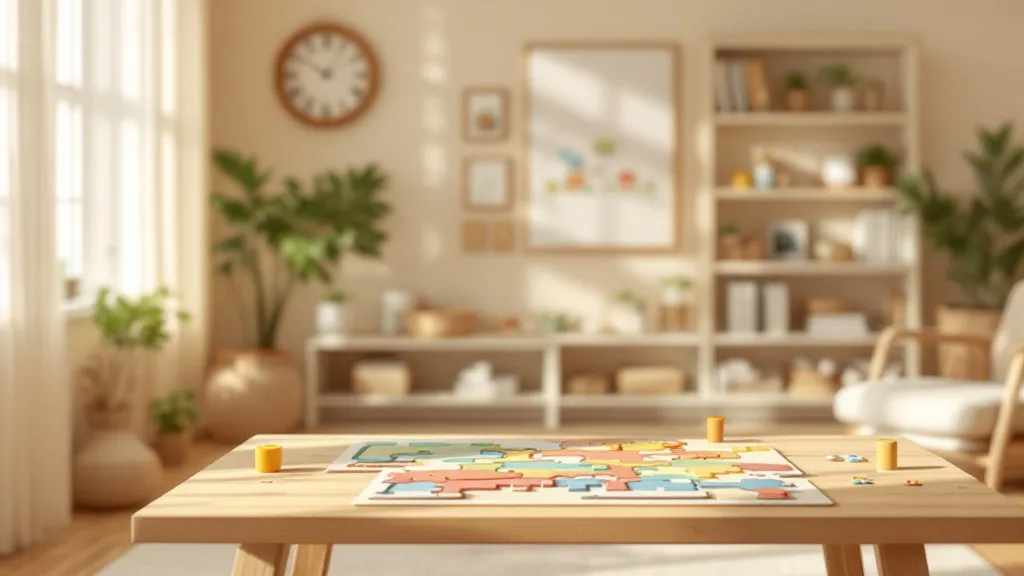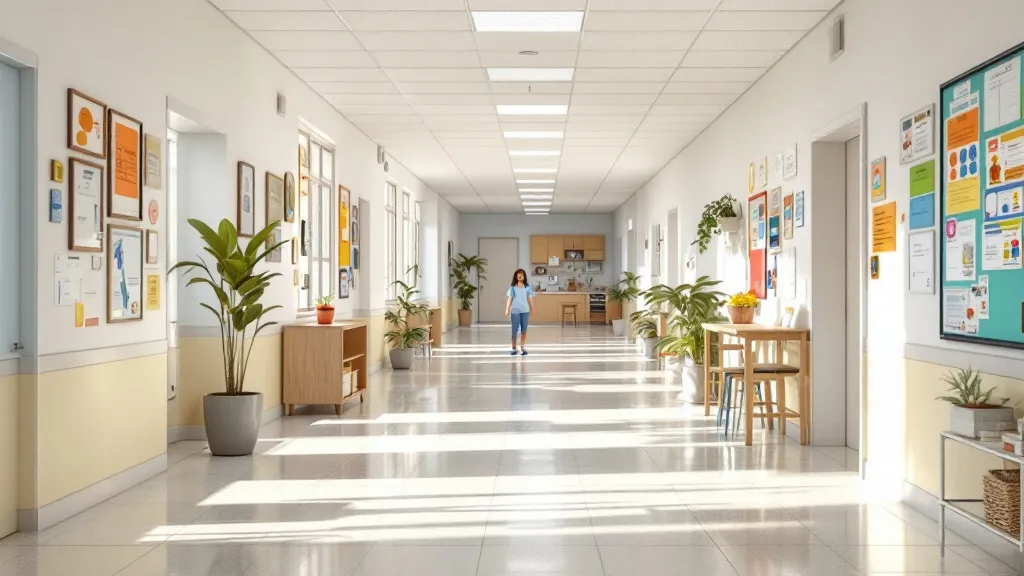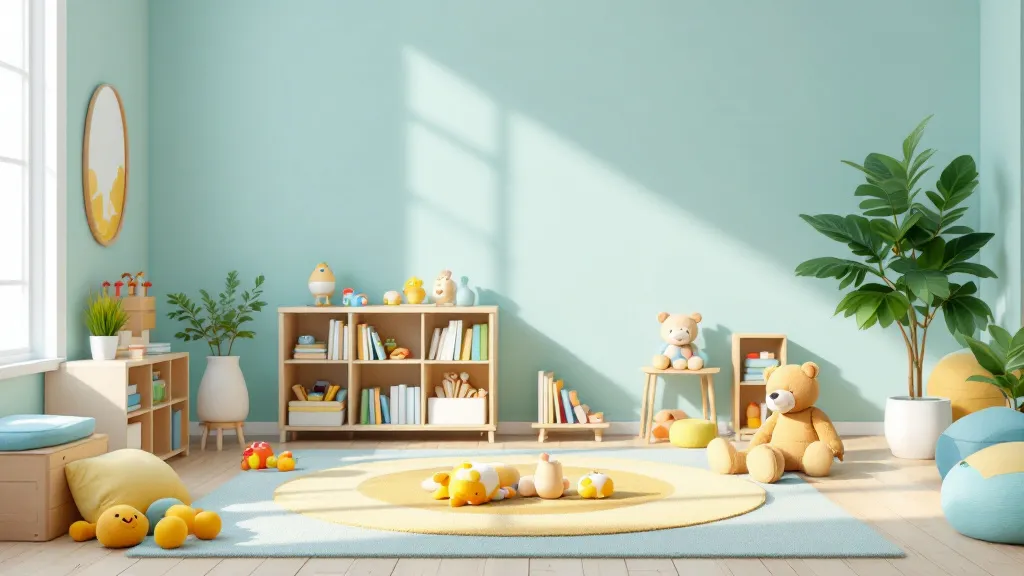Using ABA to improve attention to task
Enhancing Focus and Engagement in Children with Autism: ABA Strategies in Action
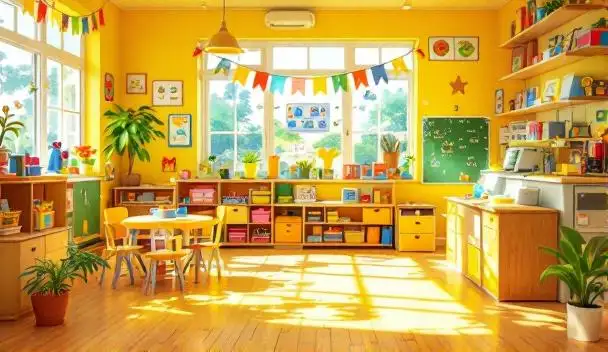
Unlocking Attention Through Applied Behavior Analysis
Attention is a foundational skill for learning and development, especially in children with autism. Applied Behavior Analysis (ABA) offers scientifically supported strategies to improve attention by teaching skills systematically and engaging children through tailored interventions. This article explores how ABA techniques, including task analysis, matching, imitation, and sensory activities, can be harnessed to develop and sustain attention, enabling children with autism to participate more fully in educational and everyday activities.
The Role of Task Analysis in Promoting Focus
How is task analysis used in ABA to increase on-task behavior?
In Applied Behavior Analysis (ABA), task analysis is a fundamental technique employed to boost on-task behavior by simplifying complex activities into smaller, manageable steps. This approach helps reduce the feeling of being overwhelmed, which is particularly beneficial for children with autism who may struggle with attention.
By clearly outlining each step involved in a task, therapists can deliver structured and systematic instruction. This clarity allows children to better understand what is expected of them, increasing their confidence and willingness to stay engaged.
Strategies such as forward chaining—teaching the first step and gradually adding subsequent steps—and backward chaining—starting with the last step and working backwards—are commonly used. These methods ensure that each part of the task is mastered before moving on, encouraging independence.
Data collection plays a vital role in this process. Tracking how each child performs at every step helps therapists adjust their teaching methods and provide consistent positive reinforcement. This targeted feedback not only keeps children motivated but also promotes the repetition of desired behaviors.
Overall, task analysis creates a structured learning environment tailored to individual needs. It fosters repeated success, building focus and increasing the likelihood that children will remain on-task and complete activities independently.
Incorporating Sensory and Multi-Sensory Activities
Sensory play activities are highly effective in helping children with autism improve their attention skills. These activities, such as glow-in-the-dark play, finger painting, animal walking, tear and blow exercises, and sound-making games, provide rich multi-sensory experiences that can calm and focus children. Engaging multiple senses simultaneously stimulates attention and helps sustain interest, especially for those with sensory processing challenges. Research highlights that sensory-friendly environments, equipped with tools like weighted blankets, fidget toys, and sensory bins, can further enhance focus by reducing sensory overload and promoting self-regulation.
Art and craft activities like coloring, drawing, and cutting-and-pasting also support attention development. These tasks encourage concentration, fine motor skills, hand-eye coordination, and memory. The act of creative expression not only fosters engagement but also helps children develop persistence and problem-solving abilities.
Music and sound activities, including listening to audiobooks, engaging with learning apps, or making sounds with instruments, serve as dynamic tools to capture children’s interest. These auditory stimuli, when combined with visual cues, can extend focus duration and create a fun, motivating environment for learning.
By integrating these activities into daily routines, caregivers and therapists can significantly enhance attention span and cognitive development. Often, combining sensory, art, and sound-based activities creates a comprehensive approach tailored to each child's unique sensory profile and interests.
| Activity Type | Focus Area | Benefits | Examples |
|---|---|---|---|
| Sensory Play | Attention & Self-Regulation | Calms, focuses, and develops sensory processing | Glow-in-the-dark play, sensory bins |
| Art and Craft | Concentration & Fine Motor Skills | Enhances focus, creativity, and motor skills | Coloring, drawing, paper cutting |
| Music & Sound | Engagement & Listening Skills | Extends focus, stimulates auditory senses | Audiobooks, musical instruments |
Creating a nurturing environment that considers sensory sensitivities and incorporates engaging multisensory activities can significantly assist in developing and maintaining attention in children with autism.
Engaging and Play-Based Learning Strategies
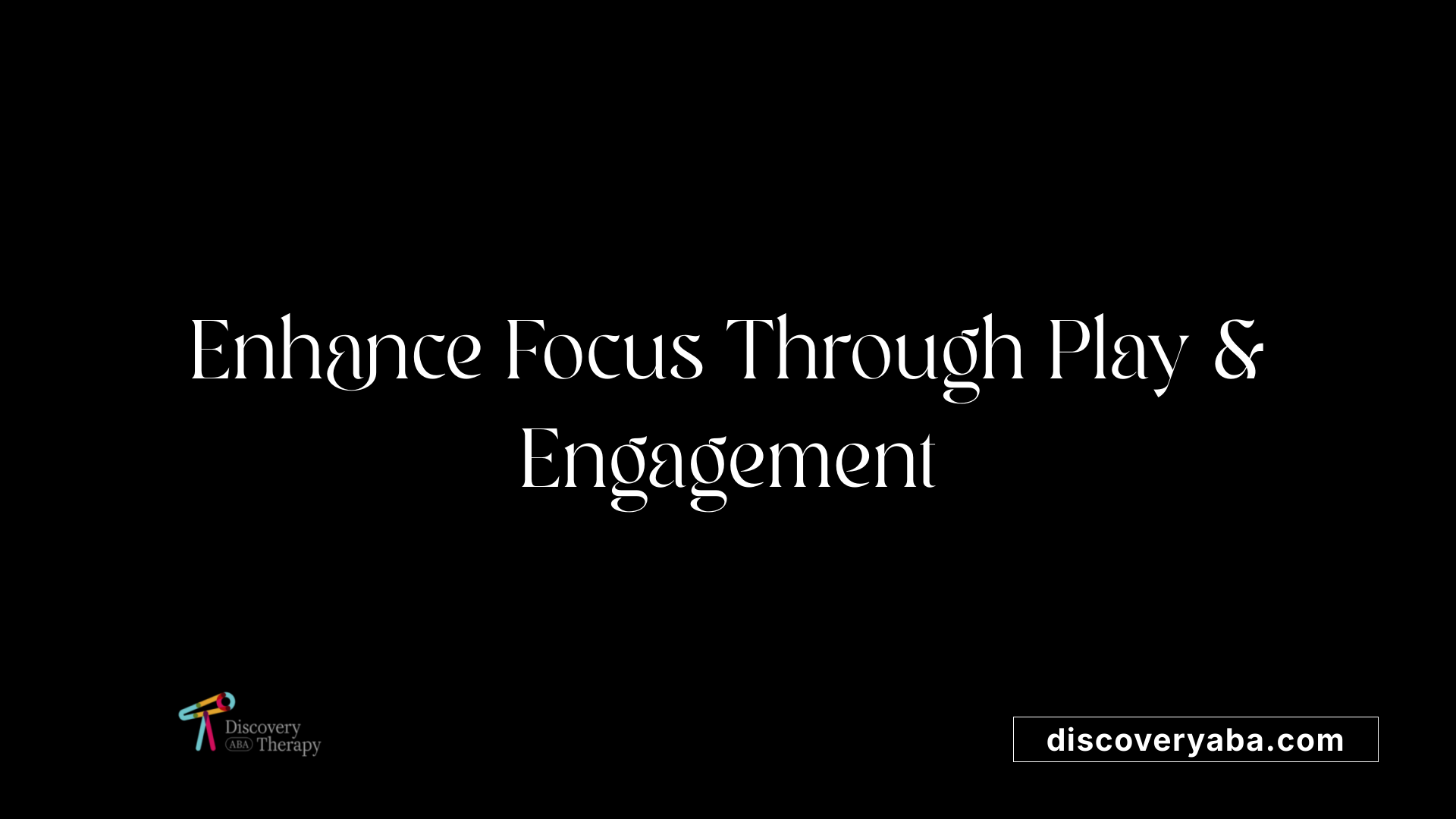
Why is play important for developing attention in children with autism?
Play forms a vital part of learning, especially for children with autism. It offers natural opportunities to practice focus, reduce anxiety, and develop social and cognitive skills. Sensory activities like glow-in-the-dark play or finger painting provide multi-sensory experiences that help maintain attention by stimulating various senses. Art activities, such as coloring or drawing, foster concentration, fine motor control, and memory. Play-based interventions, including mirror play and shape sorting, promote self-awareness, visual discrimination, and problem-solving abilities.
How do match-to-sample activities improve attention?
Matching skills—such as object-object, card-card, and object-card matching—are fundamental in attention development. These activities require children to focus on similarities and differences, which strengthens visual memory, classification, and sustained attention. Incorporating matching flashcards or board games encourages children to concentrate, recall information, and engage in targeted learning, promoting cognitive growth.
What are practical strategies for enhancing attention span through ABA?
Effective ABA techniques include breaking down complex skills into simple, manageable steps through task analysis. This approach allows children to learn systematically and confidently. Using visual supports, like schedules or step-by-step cues, enables children to understand and follow routines, increasing independence.
Positive reinforcement, such as praise or preferred activities, motivates children to stay attentive. Creating structured routines and calming environments minimize distractions, helping children focus longer. Incorporating multi-sensory activities, physical movement, and social skills exercises like joint attention further bolster attention regulation. Sensory-friendly setups with tools like fidget toys and sensory bins provide calming input, reducing sensory overload or under-stimulation.
How does joint attention influence focus?
Joint attention involves sharing focus with another person, usually through eye contact, and is crucial for developing language and social skills. Activities that capture the child's interest and involve shared engagement can promote joint attention, which in turn enhances responsiveness and sustained focus.
What role does sensory integration play?
Research indicates that many children with ASD experience sensory processing challenges. Providing a sensory-friendly environment with tools such as weighted blankets, sensory bins, and noise-canceling headphones helps regulate sensory responses, making it easier for children to concentrate.
How can outdoor activities and physical exercise support attention?
Physical activity, including outdoor play and yoga, can improve attention by releasing excess energy, reducing stress, and enhancing focus through increased brain oxygenation and neurotransmitter regulation. Regular breaks for movement also help prevent cognitive overload, enabling better learning retention.
| Approach | Description | Benefits |
|---|---|---|
| Sensory Play | Using tactile, visual, auditory activities | Sustains attention, sensory regulation |
| Art and Crafts | Coloring, drawing, cutting, pasting | Enhances fine motor skills, concentration, creativity |
| Memory Games | Matching cards, board games | Improves focus, memory, and cognitive skills |
| Visual Supports | Schedules, step cues | Promotes understanding, routine adherence |
| Physical Activity | Yoga, outdoor play, sensory breaks | Boosts attention, reduces stress |
In summary, integrating play, matching activities, sensory strategies, and movement into ABA sessions fosters a focused, engaging learning environment. These approaches not only support attention but also promote overall development and independence in children with autism.
Matching Skills to Boost Visual Attention and Language
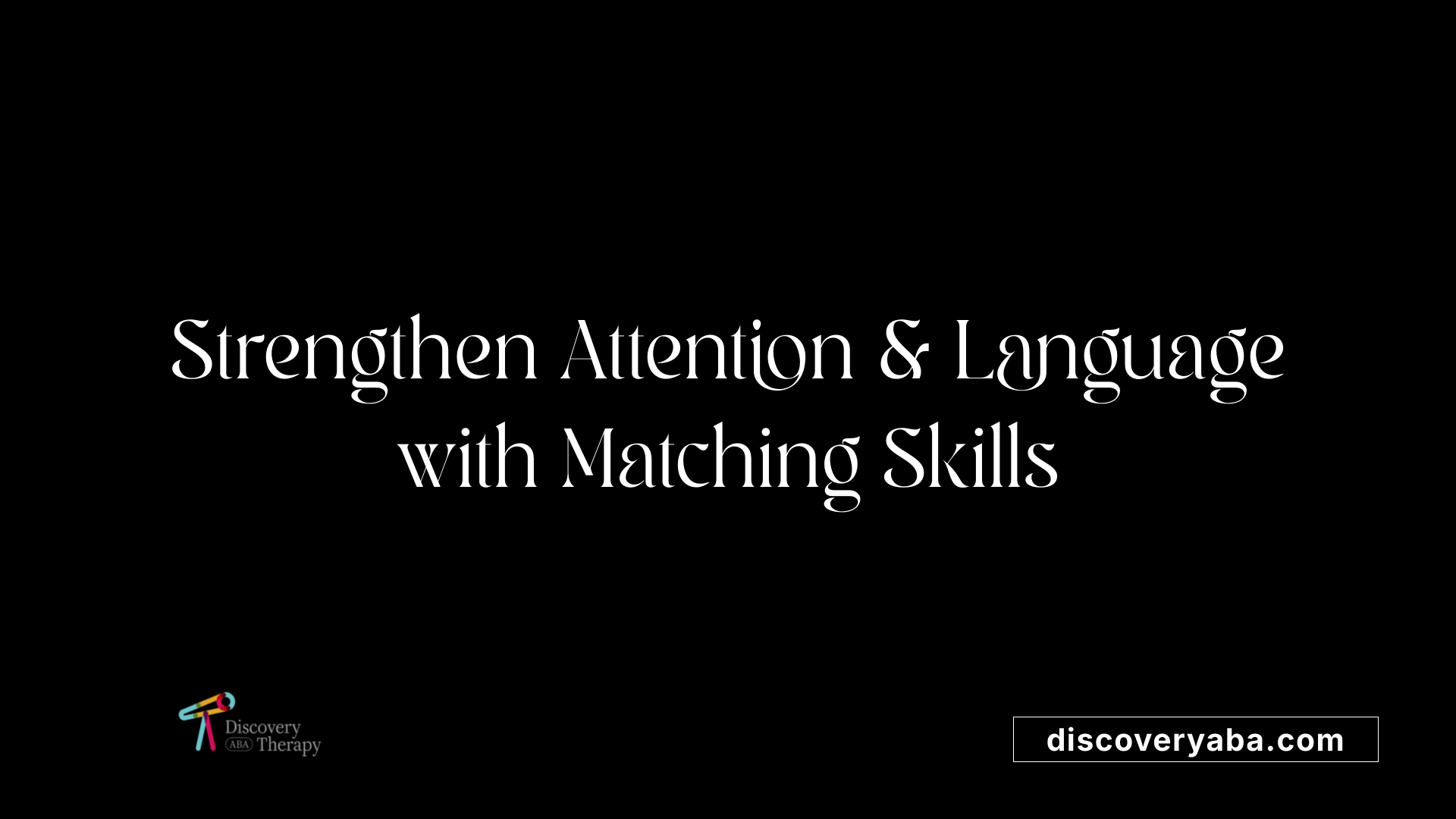
How are matching skills developed and used to improve attention?
Matching skills are foundational in ABA that help children enhance attention and language by progressing from simple to more complex tasks. Initially, children might match objects to identical objects or pictures to pictures, which establishes basic visual recognition.
As they advance, activities become more challenging, such as matching objects to pictures or sorting based on attributes like shape and color. Techniques used include object-object matching, card-card matching, and object-card matching.
These activities serve multiple purposes. They increase attention span by requiring focus on matching details, enhance visual memory, and improve classification skills. Practicing matching can be done through structured exercises or natural routines, making learning engaging.
By reinforcing correct responses and providing systematic instruction, matching skills lay the groundwork for broader cognitive and communication development. They help children become more attentive to visual stimuli and details, supporting language acquisition and social interactions.
Shared Attention and Social Engagement
Why is joint attention important for children with autism?
Joint attention is a fundamental social skill involving sharing focus on an object or activity with another person. It plays a crucial role in developing social, cognitive, and language abilities in children, especially those with autism. When children are able to engage in shared attention, they learn to communicate more effectively, respond to social cues, and participate in interactive play.
Children with autism often face challenges in engaging in joint attention activities. They may find it difficult to initiate or follow attention, especially when activities are not naturally interesting to them. This can impact their overall social development and language acquisition.
How is joint attention facilitated to improve social and language skills?
Facilitating joint attention involves several strategies aimed at making shared focus engaging and rewarding for the child. Eye contact is crucial as it helps establish connection and directs attention towards the shared object or activity. Play activities that align with the child's interests are particularly effective in promoting shared attention.
Incorporating visual cues, such as pointing, gestures, or visual schedules, helps guide the child's focus and encourages participation. Modeling engaging behaviors and verbalizing actions also demonstrates how to share attention productively. These methods not only foster social responsiveness but also increase the child's engagement during interactions.
Techniques such as following the child's interests, using appealing visual aids, and providing consistent, predictable routines create a supportive environment for joint attention. Encouraging children to look at objects or event topics with a caregiver helps develop their capacity to share attention.
Over time, these strategies build a foundation for communication growth, improving their ability to listen, respond, and participate in reciprocal interactions. The enhanced responsiveness aids in expanding vocabulary, understanding social norms, and developing deeper connections with others.
Strategies to enhance joint attention in children with autism
| Strategy | Description | Benefits |
|---|---|---|
| Follow the child's interests | Use toys or topics that the child is passionate about to initiate shared focus | Increases motivation and engagement |
| Use visual supports | Point, gesture, or use visual cues like pictures | Clarifies focus points and guides attention |
| Model social behaviors | Demonstrate sharing attention and engaging actions | Teaches expected social responses |
| Create engaging routines | Establish predictable play and language routines | Builds comfort and consistency |
| Incorporate play activities | Use games and activities that are fun and interactive | Promotes spontaneous sharing and participation |
Combining these strategies consistently can significantly improve shared attention, which in turn enhances social responses, language development, and overall communication skills in children with autism.
Additional tips for supporting joint attention
- Keep activities short and engaging to maintain interest.
- Use reinforcement, such as praise or preferred items, to encourage sharing attention.
- Be patient; developing joint attention skills takes time and repeated practice.
By focusing on these approaches, caregivers and therapists can help children with autism develop essential social skills that support their broader development and everyday functioning.
Supporting Attention with Environment and Routine

How can environmental modifications support attention in children with autism?
Creating a space that is organized, quiet, and free of unnecessary distractions can significantly improve a child's ability to focus. An environment tailored to their sensory preferences might include calming colors, soft lighting, and sensory tools like weighted blankets, fidget toys, and sensory bins. These tools help manage sensory sensitivities, reduce overstimulation, and foster calmness.
Including sensory-friendly items helps children self-regulate sensory input, which is crucial since a high percentage of children with autism—between 70 and 96 percent—experience sensory processing challenges that impact their attention.
Structured routines and visual supports further enhance focus. Using visual schedules, timers, and cues breaks tasks into manageable steps, making transitions smoother. This systematic approach reduces anxiety, provides predictability, and encourages independence.
Table: Environmental Strategies for Attention Support
| Strategy | Description | Benefits |
|---|---|---|
| Quiet workspace | Reduce noise and visual clutter | Minimize distractions, improve concentration |
| Sensory tools | Weighted blankets, fidget toys, sensory bins | Manage sensory sensitivities, foster calm |
| Visual supports | Schedules, step-by-step cues | Aid understanding, foster routine |
| Organized environment | Clear, tidy, designated areas | Enhance predictability, reduce anxiety |
Regularly modifying and personalizing the environment ensures it meets the child's evolving needs, promoting sustained attention and active engagement in learning activities.
Search tip: When seeking ways to optimize environments for children with autism, look for strategies emphasizing sensory integration, structured routines, and visual supports to create calm, engaging spaces.
Physical Activity and Mindfulness for Attention Regulation
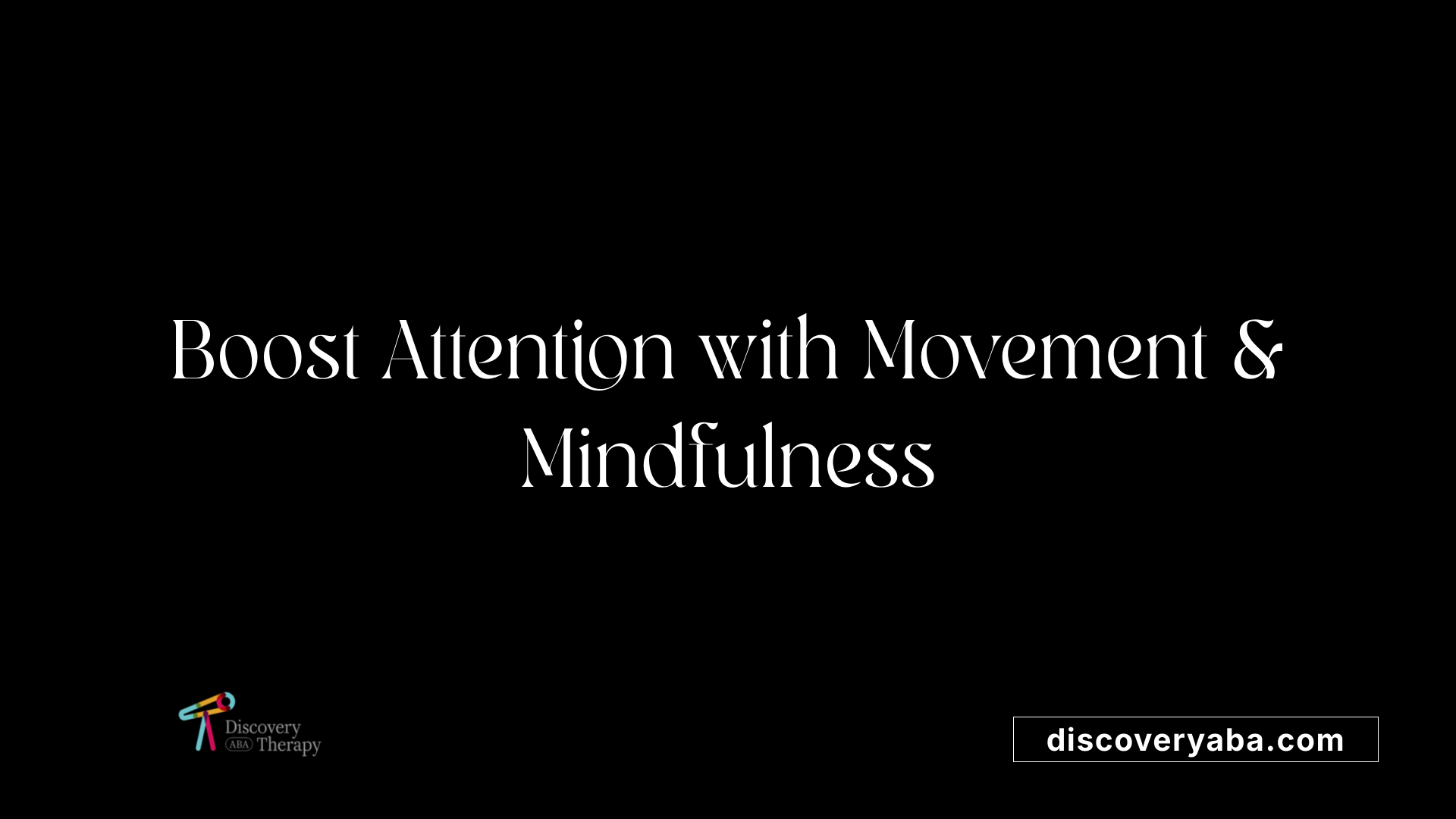
How does physical movement and exercise influence attention in children with autism?
Physical activity plays a vital role in improving attention and reducing sensory overload in children with autism. Engaging in exercises such as outdoor play, yoga, or sensory breaks helps release built-up stress and energy, resulting in a calmer state conducive to focus.
Studies suggest that incorporating regular movement into routines supports attention span, memory, and overall cognitive functioning. For example, aerobic exercises and structured physical activities foster mental alertness and help manage hyperactivity.
In ABA therapy, physical activities are often integrated with teaching to reinforce focus and behavioral control. The spaced learning theory indicates that scheduled movement and breaks prevent cognitive overload and enhance retention.
What are some mindfulness and breath control techniques that benefit children with autism?
Mindfulness practices, including deep breathing, guided imagery, and controlled relaxation, provide children with tools to regulate their attention and emotional responses.
Breath control exercises, such as slow, deep inhalations and exhalations, help children center their attention and calm sensory sensitivities. These techniques are especially beneficial in moments of overstimulation or frustration.
Supported by research published in reputable journals like the American Journal of Occupational Therapy, mindfulness strategies improve self-awareness, decrease anxiety, and promote sustained attention.
Incorporating visual and tactile cues during mindfulness sessions can further help children grasp these techniques and apply them independently.
Integrating Movement and Mindfulness in Practice
Combining physical activity with mindfulness fosters a balanced approach to attention regulation. For example, activities like yoga incorporate postures, breathing, and relaxation, making them effective for enhancing attention and emotional regulation.
Creating sensory-friendly environments, with tools such as weighted blankets, fidget toys, or sensory bins, complements these methods by providing calming sensory input.
Regular practice of movement and mindfulness activities can significantly improve focus, reduce anxiety, and promote overall well-being in children with autism.
Research Support and Theoretical Foundations
Scientific research plays a crucial role in validating the effectiveness of Applied Behavior Analysis (ABA) techniques for children with autism. Studies published in reputable journals, such as the American Journal of Occupational Therapy, provide evidence that interventions like yoga can improve attention control in these children.
One foundational aspect of ABA, task analysis, involves breaking down complex daily activities into smaller, manageable steps. This approach not only promotes skill acquisition but also increases consistency and individualization of teaching methods. For example, tasks like brushing teeth or putting on pants are taught through systematically teaching each step, often supported by visual cues like schedules.
Sensory activities also have a strong evidence base for their role in maintaining attention. Activities such as sensory bins, glow-in-the-dark play, and finger painting provide multi-sensory experiences that help children with sensory processing difficulties better focus on tasks. Research by Ayelet Ben-Sasson from Haifa University indicates that up to 96% of children with ASD experience sensory processing challenges, impacting their attention span.
Incorporating sensory regulation strategies, like fidget toys or weighted blankets, creates sensory-friendly environments that can calm overstimulated children, further supporting sustained focus. These interventions improve sensory integration, helping children to relax and engage more fully in learning activities.
Overall, the combination of systematic teaching methods, sensory-based activities, and environmental modifications is supported by scientific evidence as effective ways to enhance attention and promote learning in children with autism.
Fostering Lasting Attention and Independent Learning
Applying ABA techniques to improve attention to tasks offers a comprehensive, evidence-based approach to supporting children with autism. Through structured interventions such as task analysis, matching, imitation, sensory integration, and environmental adaptations, caregivers and educators can significantly enhance a child's focus, independence, and overall development. Early, consistent, and individualized ABA strategies foster engagement, reduce distractibility, and promote sustained attention—setting the foundation for lifelong learning and social success.
References
- Attention Improving Activities For Kids With Autism - Austin Center
- Activities to Help Improve Attention Span in Autism
- Task Analysis in ABA Therapy: Strategies and Examples
- Effective Strategies for Autism & Attention Span Improvement
- ABA Interventions for Attention-Seeking Behavior
- Applied Behavior Analysis (ABA) | Autism Speaks
- How to Use ABA in the Classroom
- [PDF] Classroom Interventions for Attention Deficit/ Hyperactivity Disorder ...
Does Your Child Have An Autism Diagnosis?
Learn More About How ABA Therapy Can Help
Find More Articles
Contact us
North Carolina, Nevada, Utah, Virginia
New Hampshire, Maine
Arizona, Colorado, Georgia, New Mexico, Oklahoma, Texas
.avif)




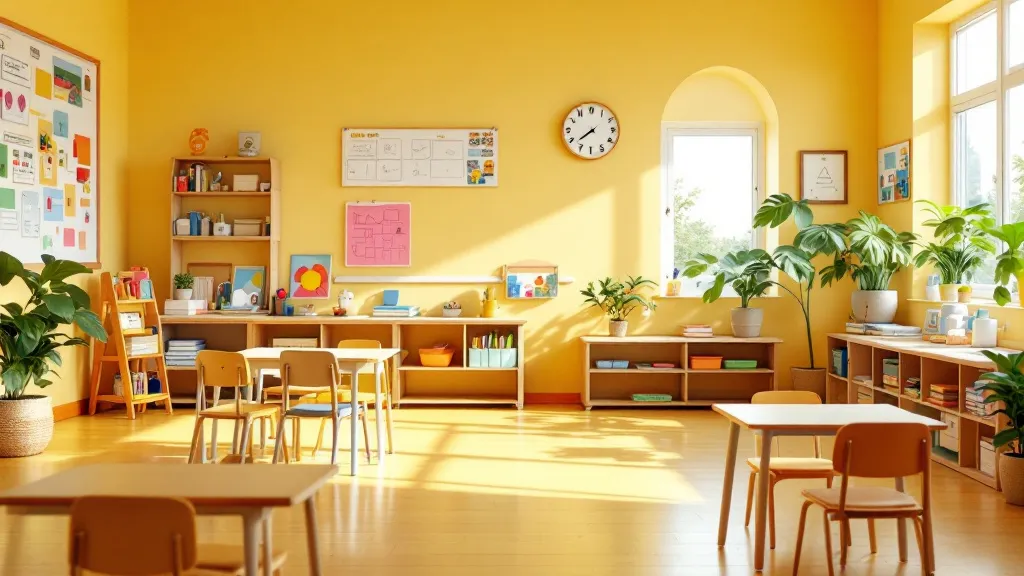

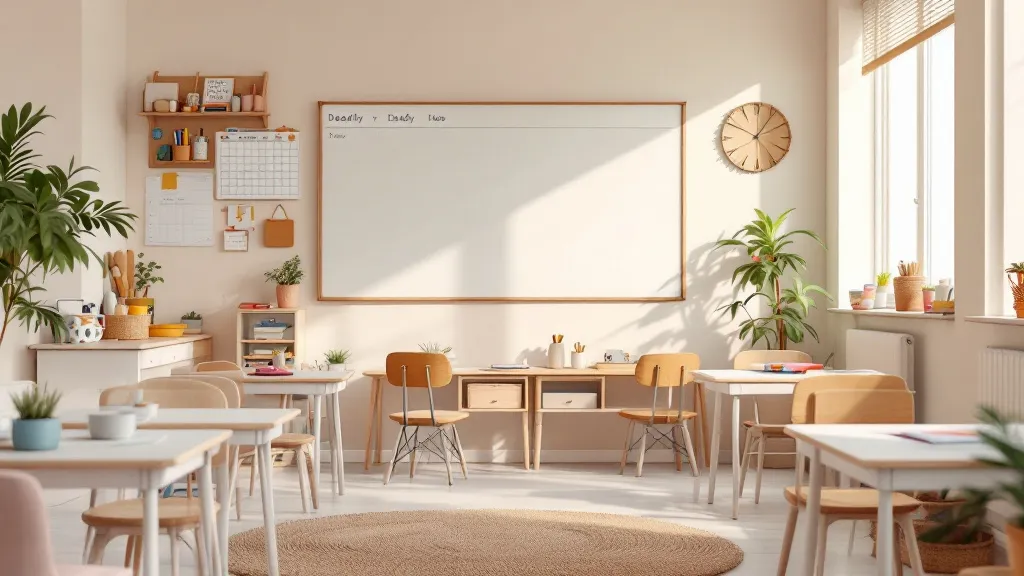



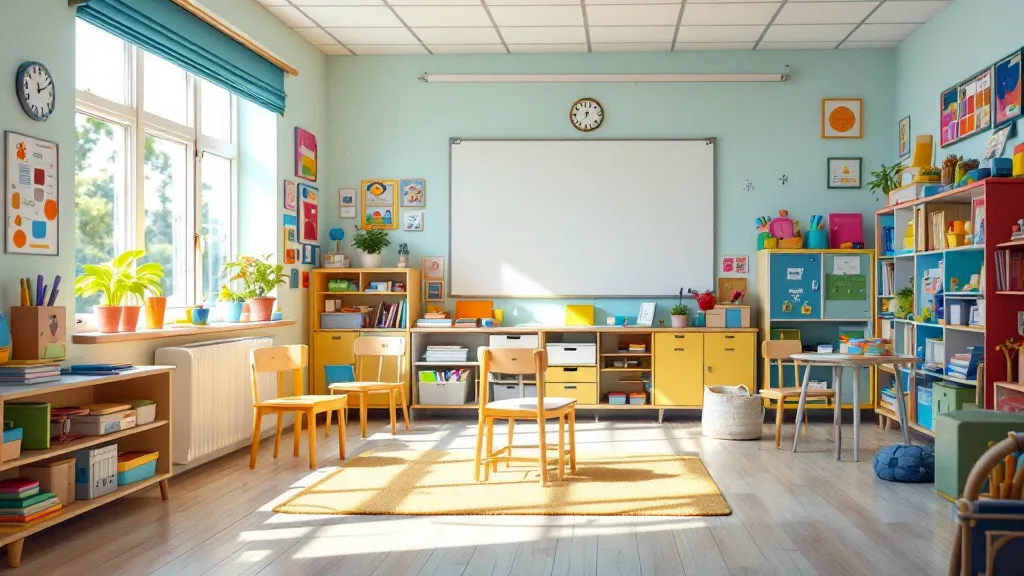
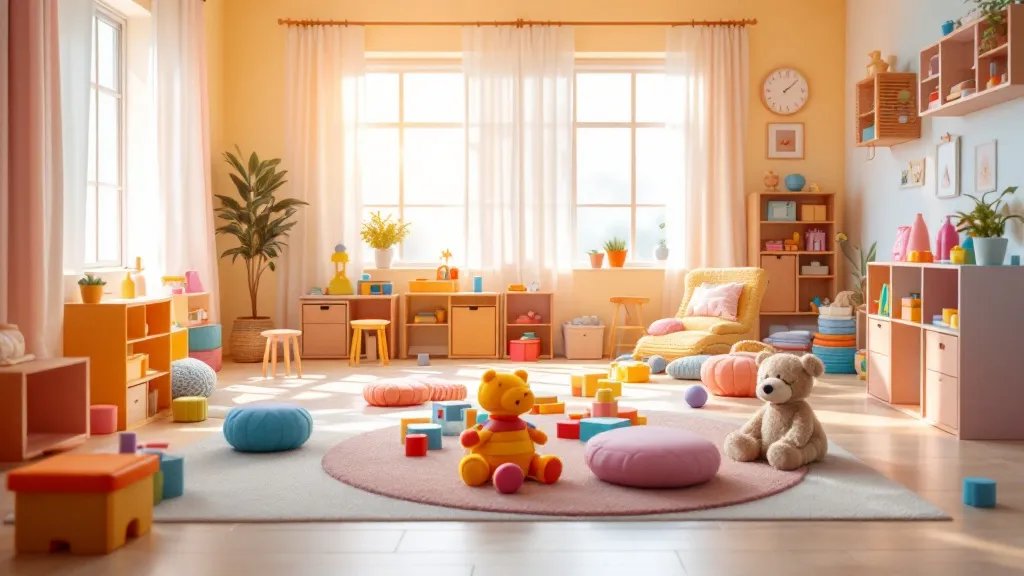
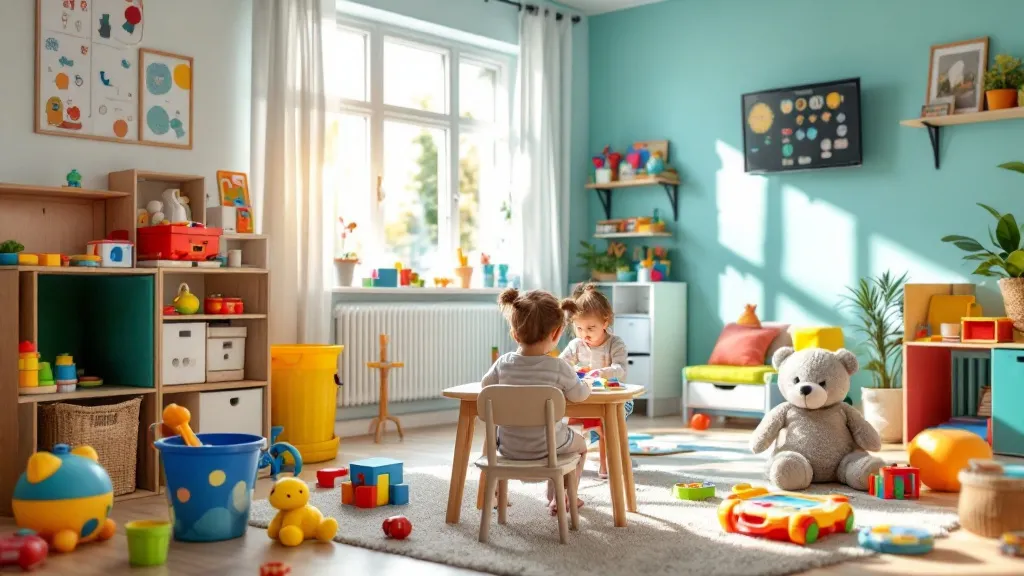
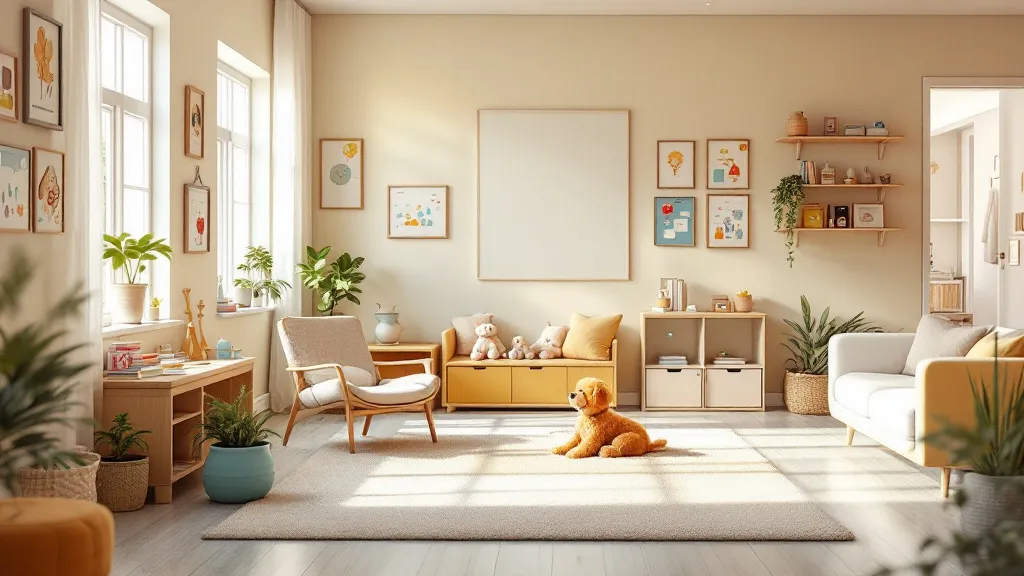
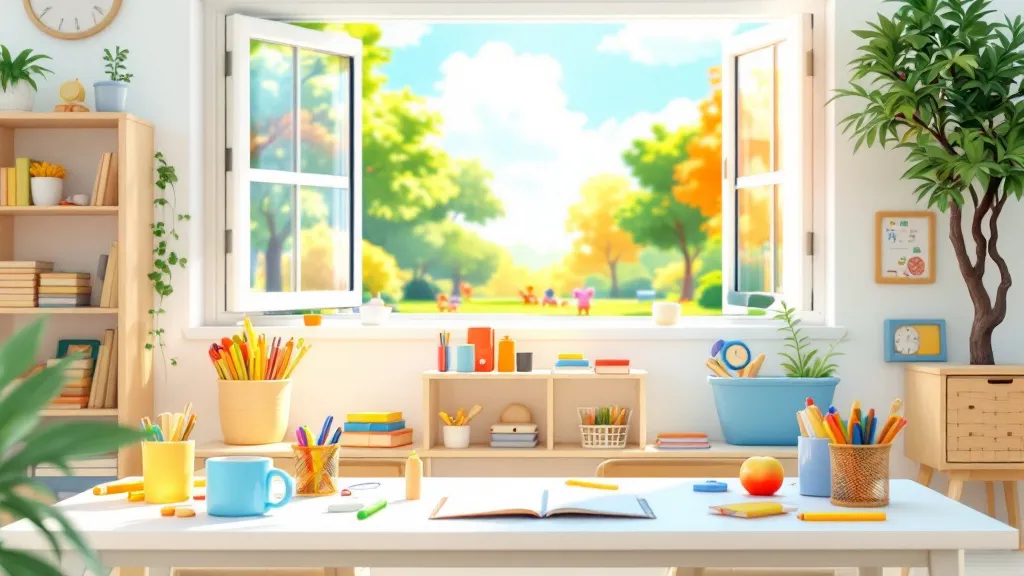
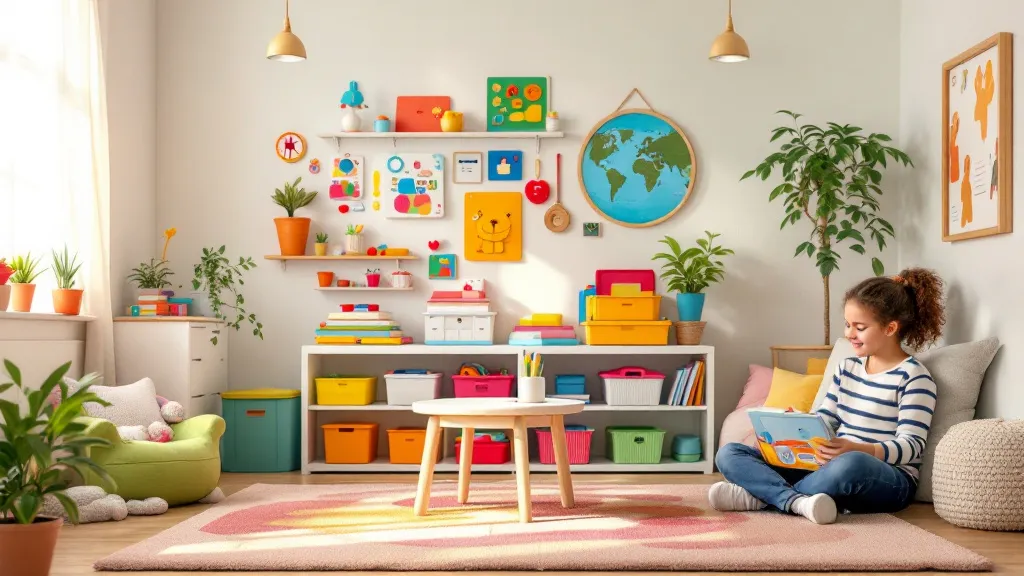
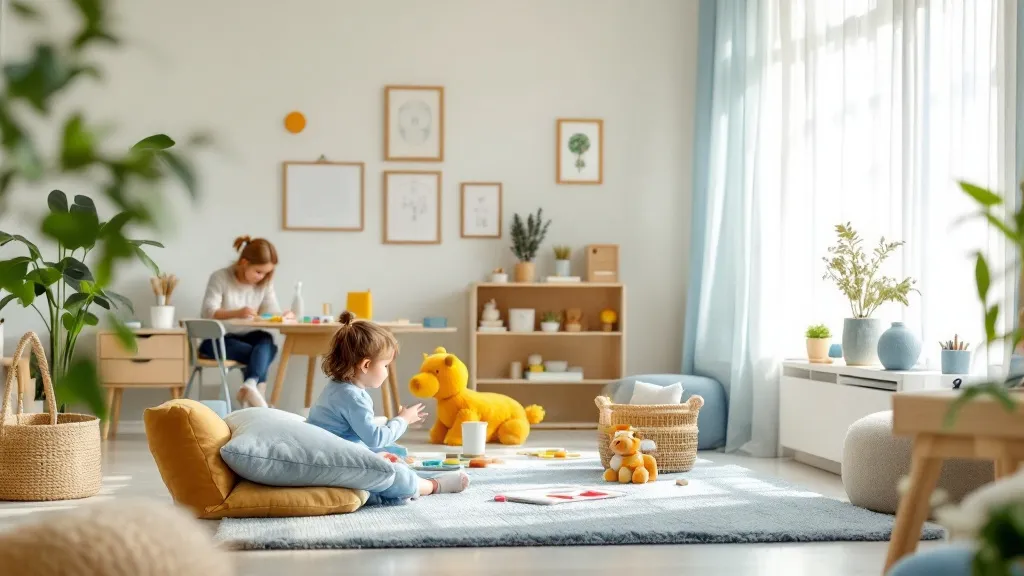

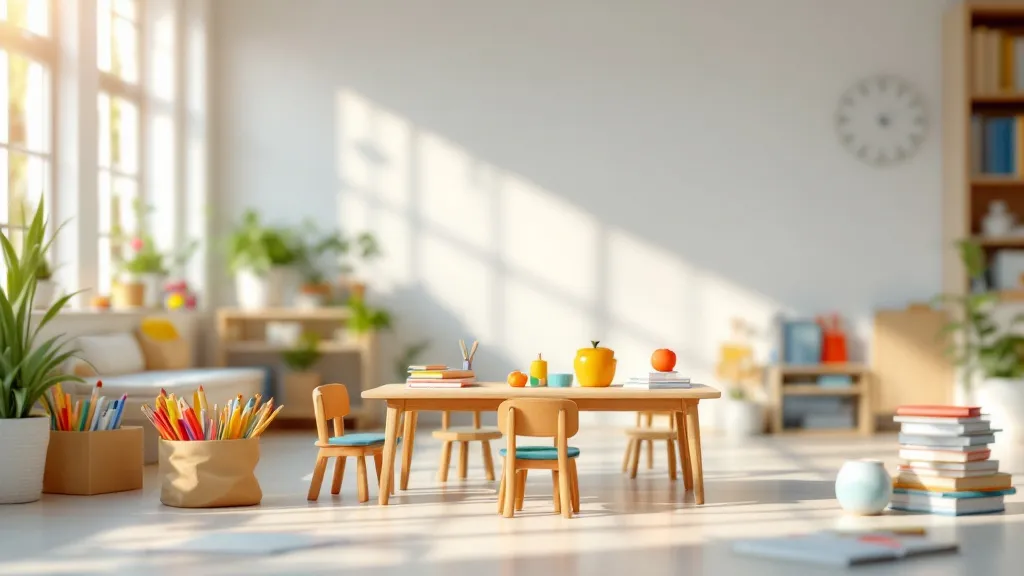

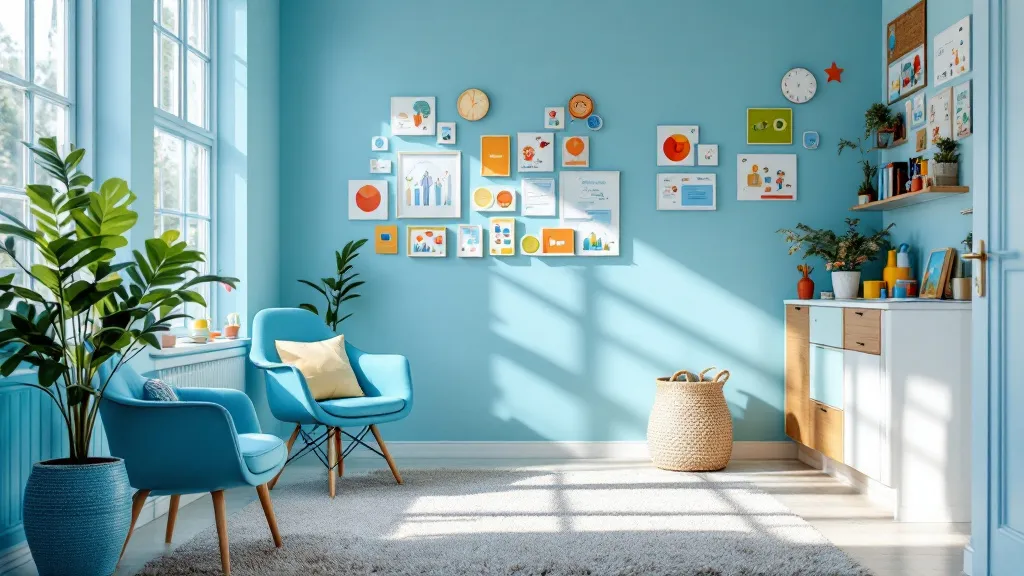



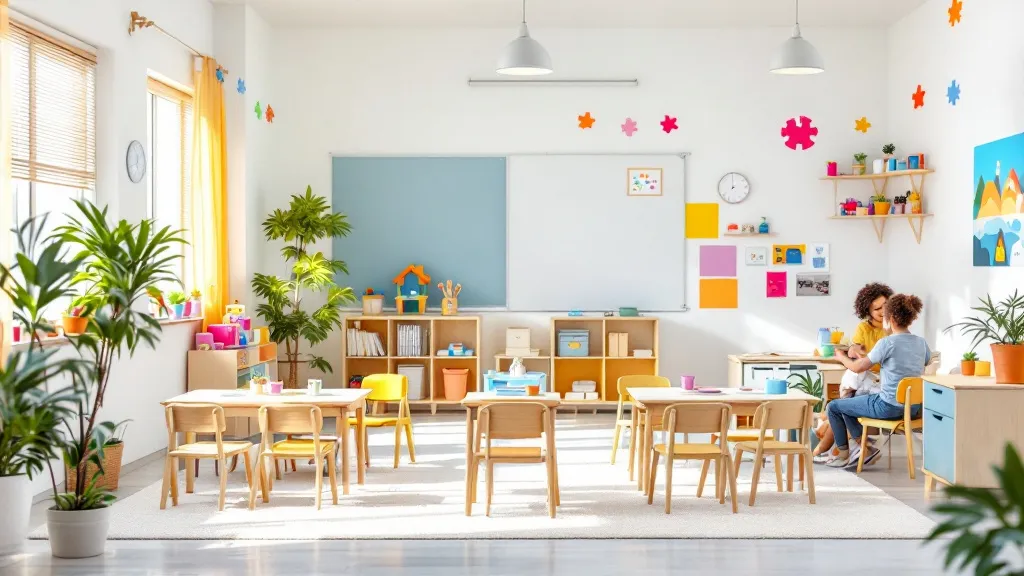

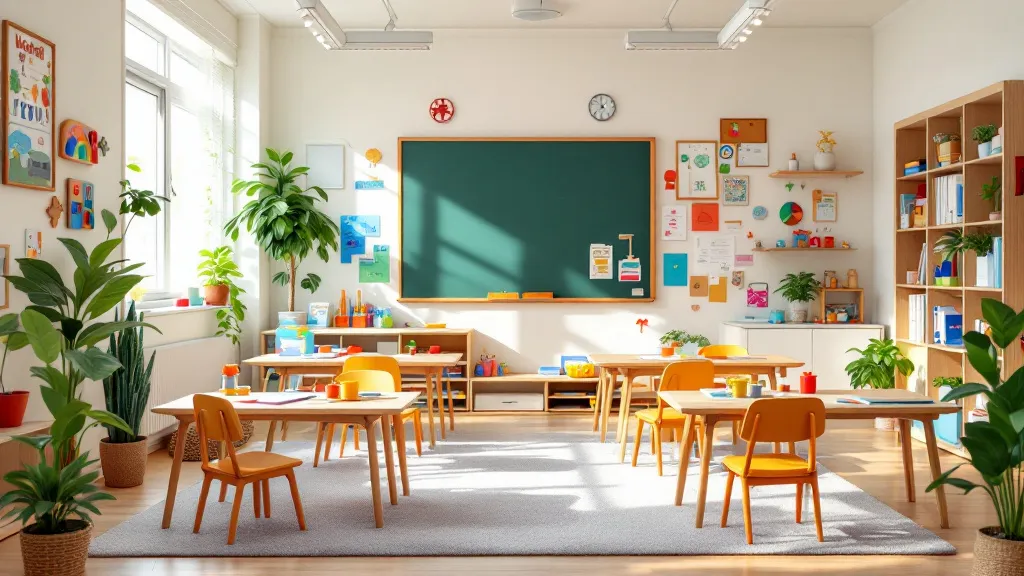


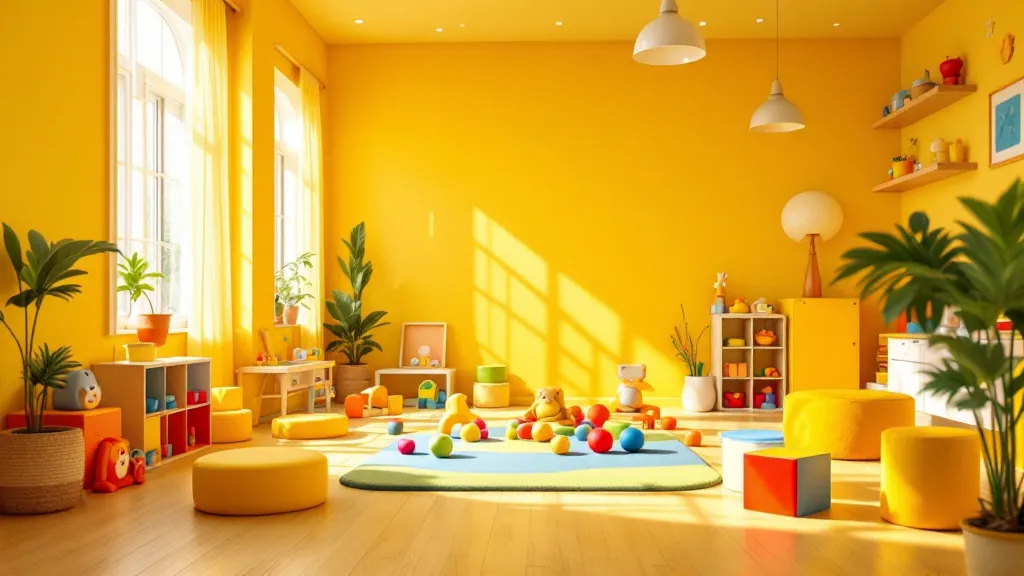


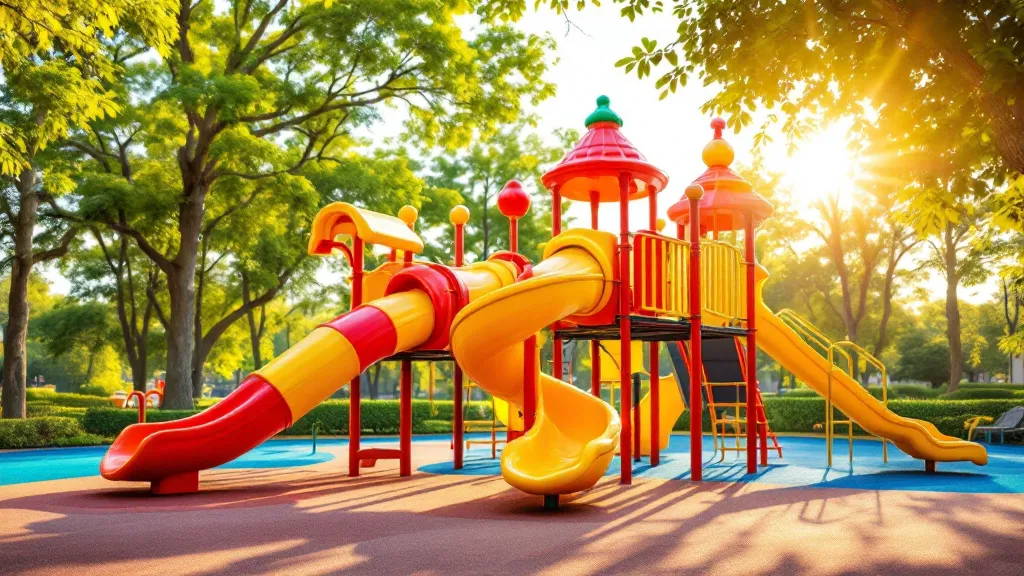
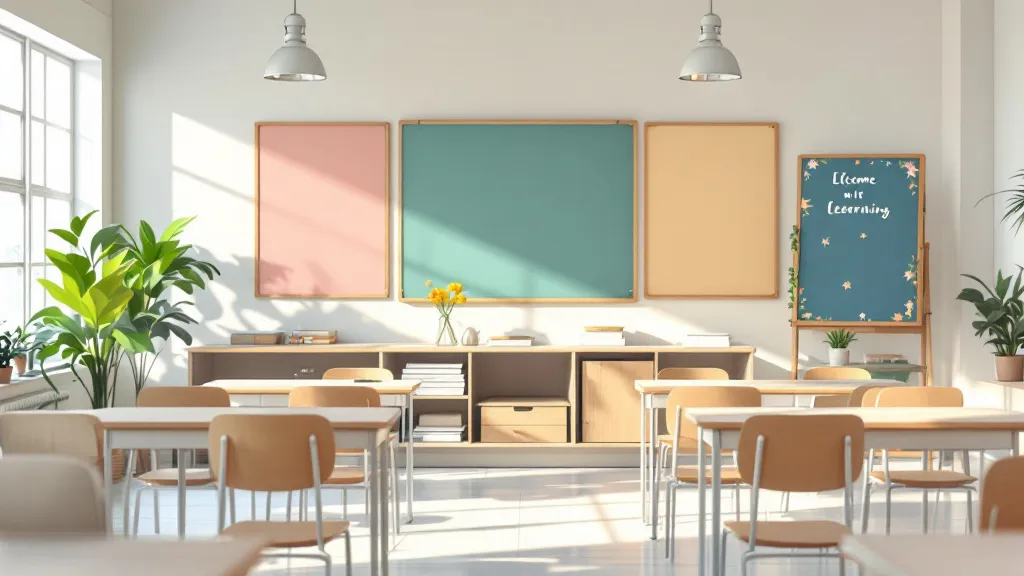

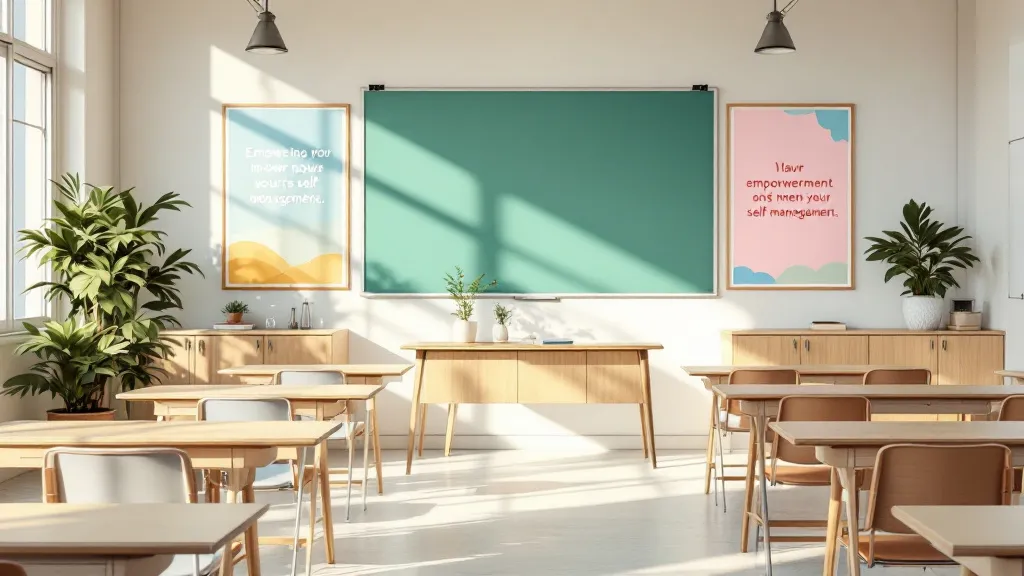

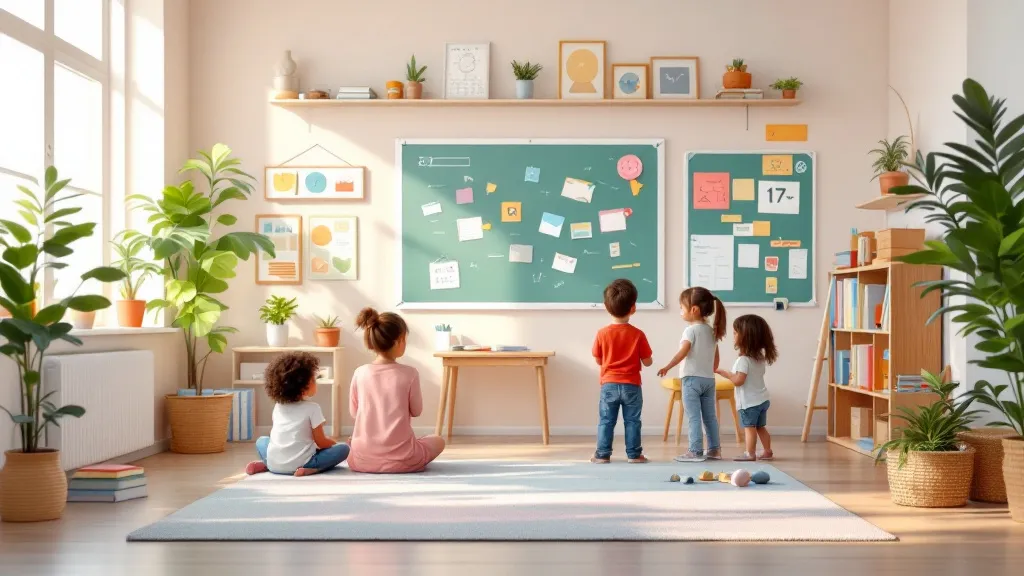
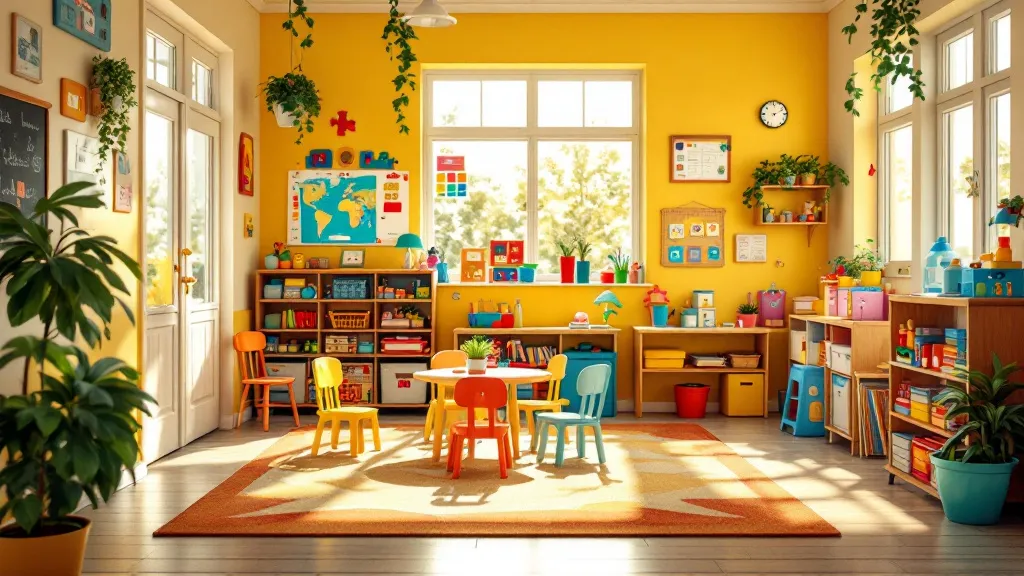

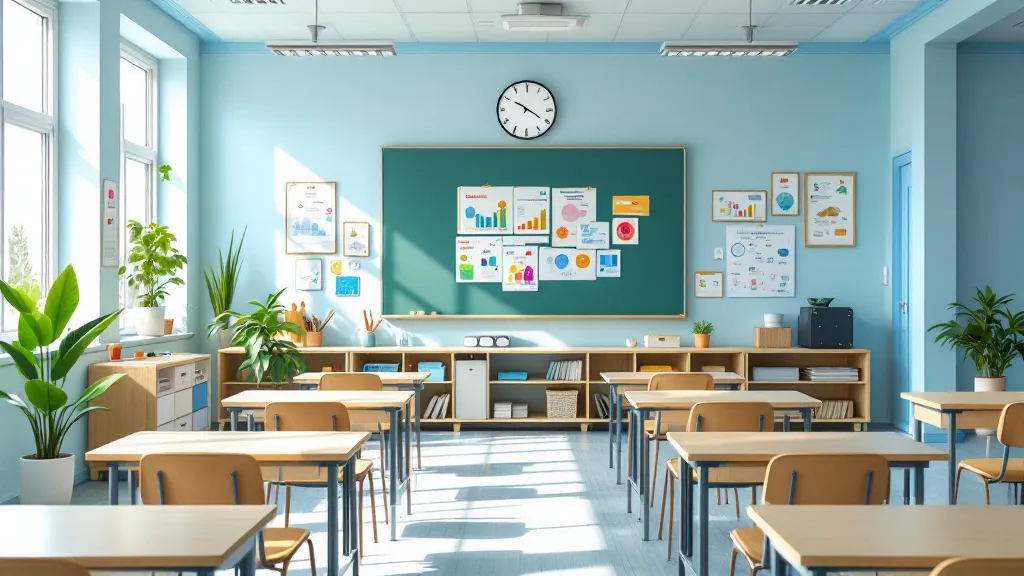
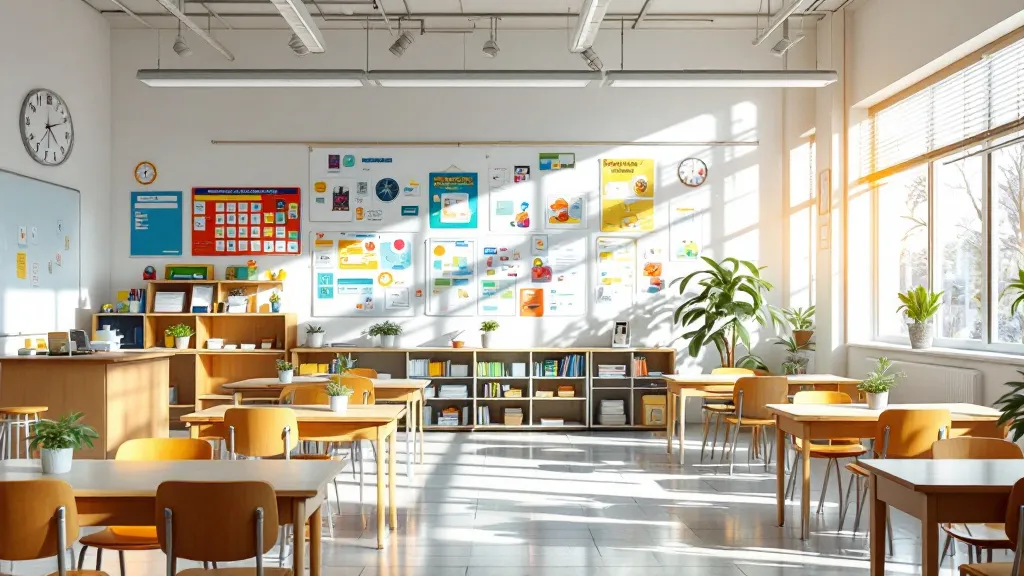



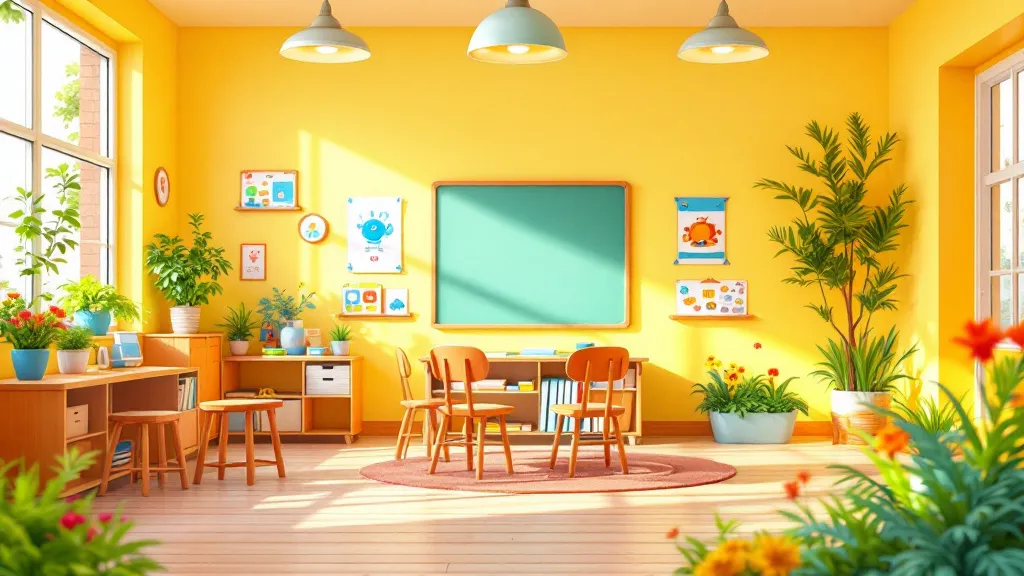


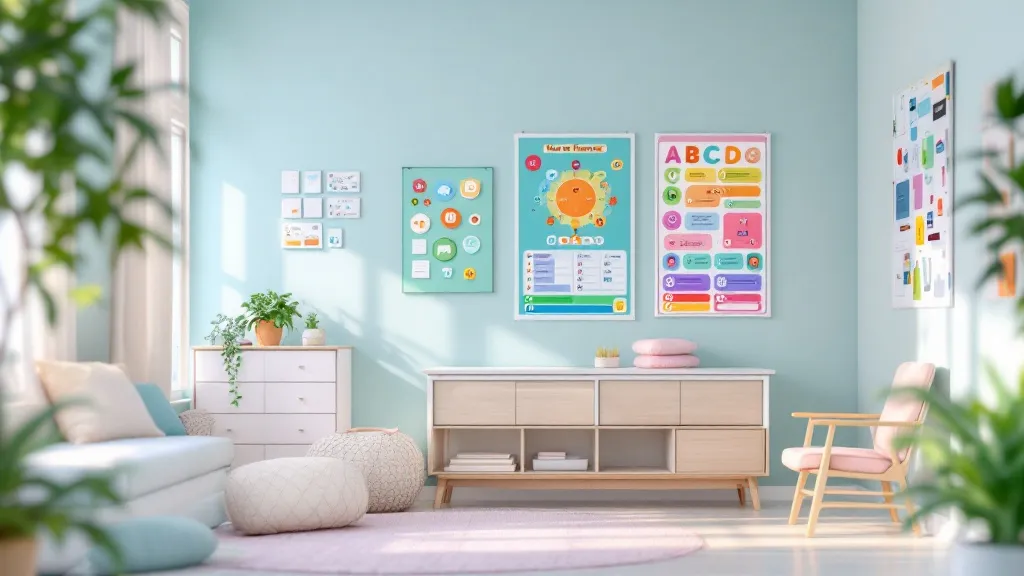
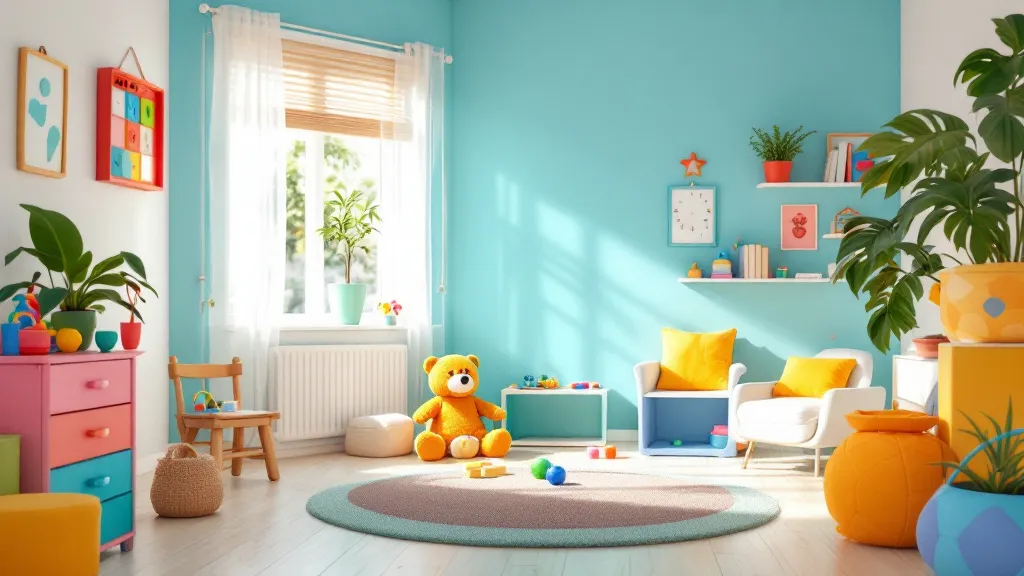

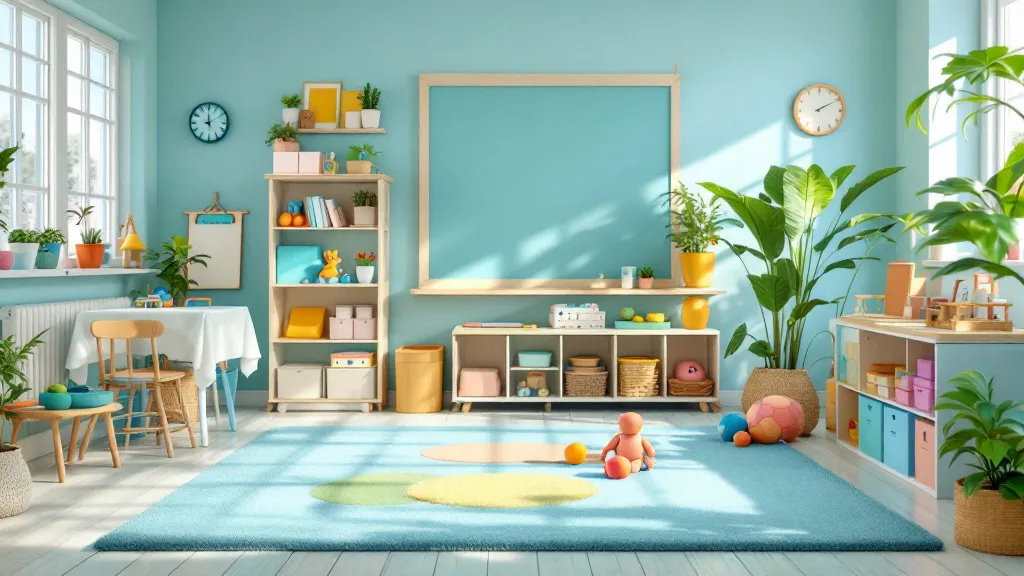




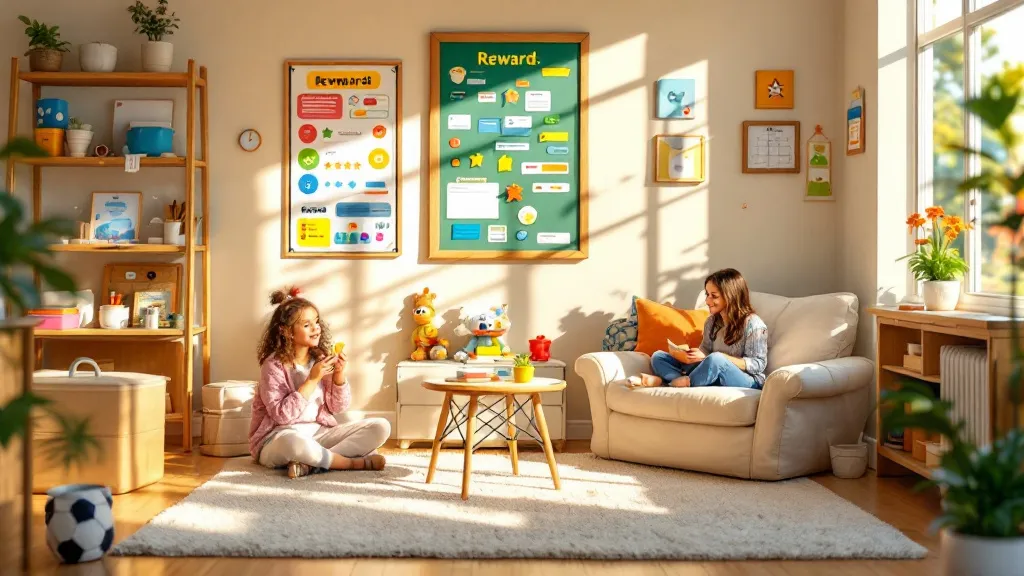

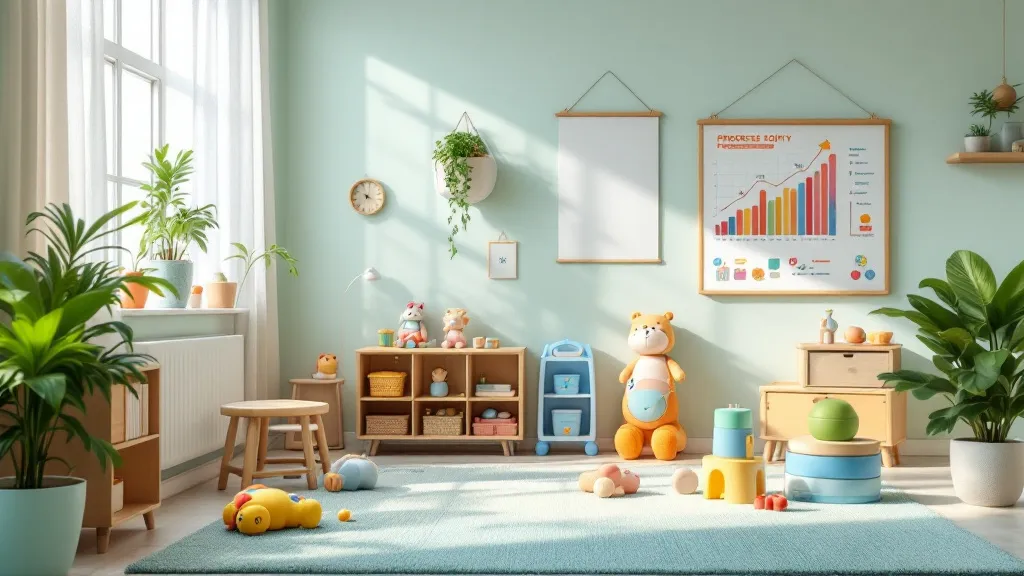
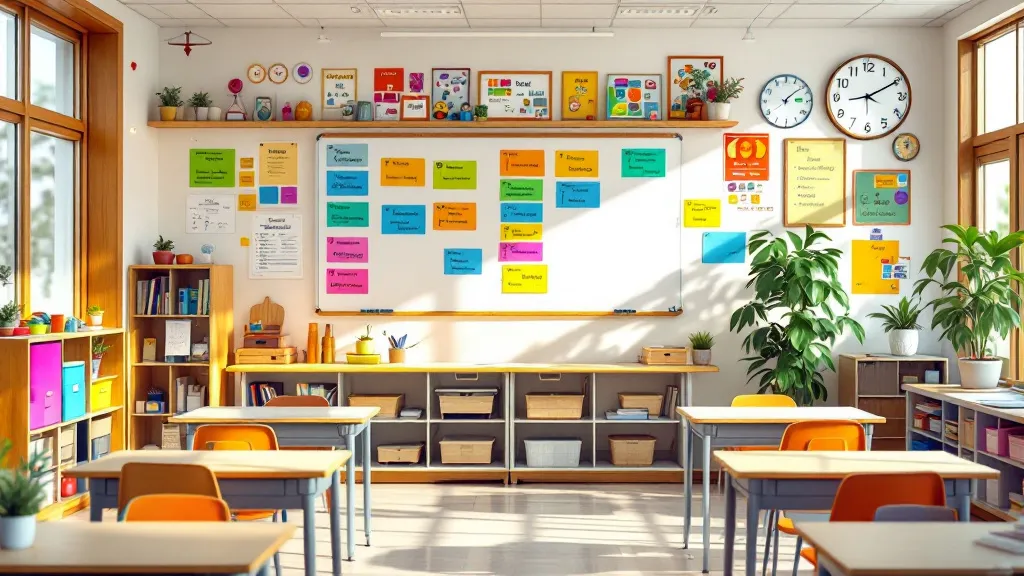

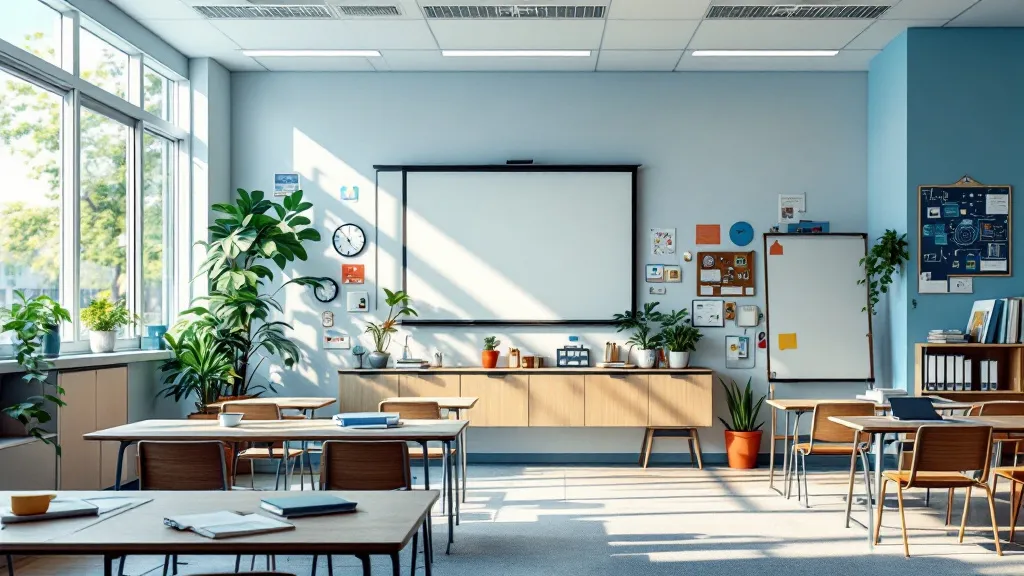

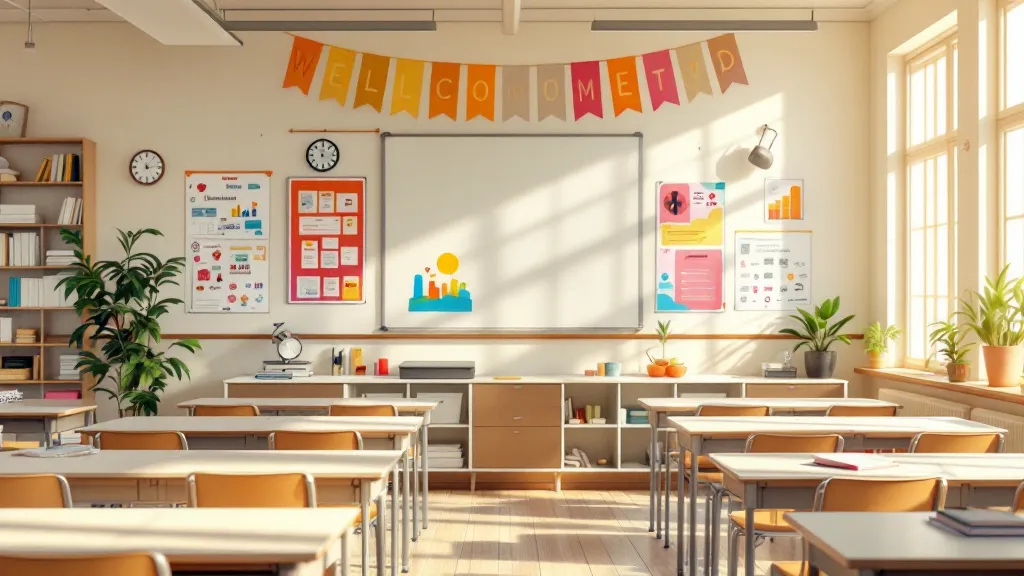
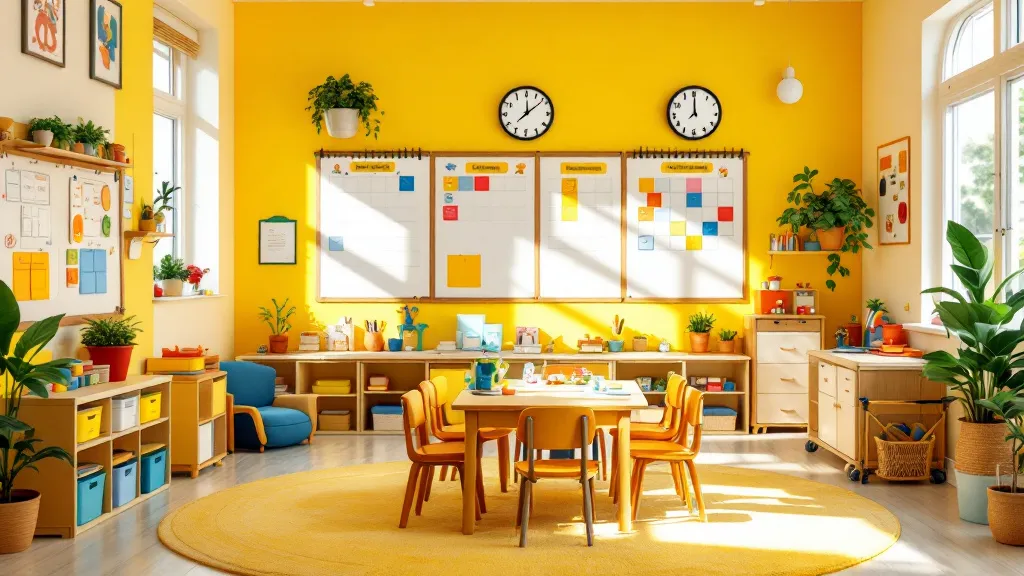


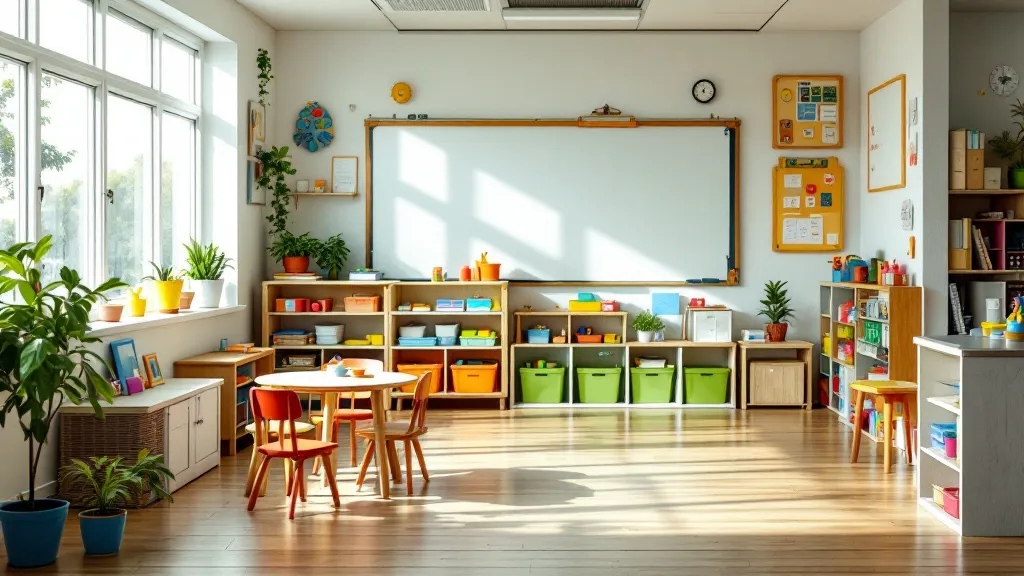


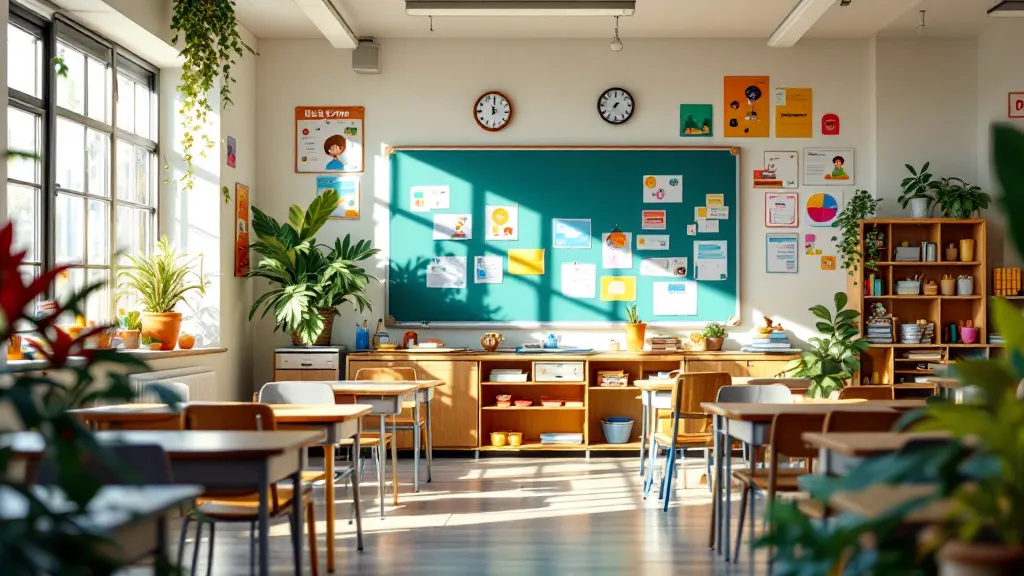

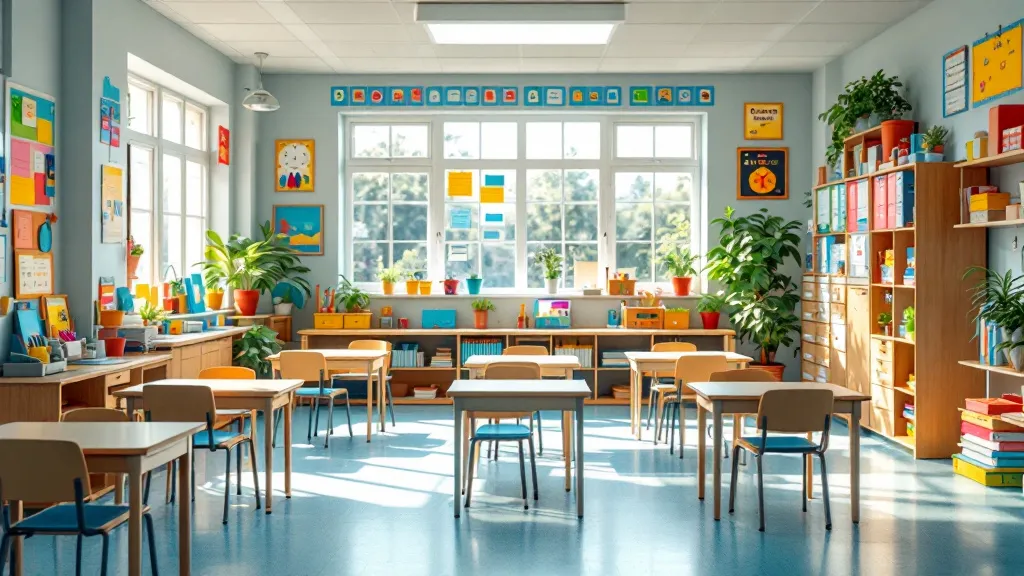


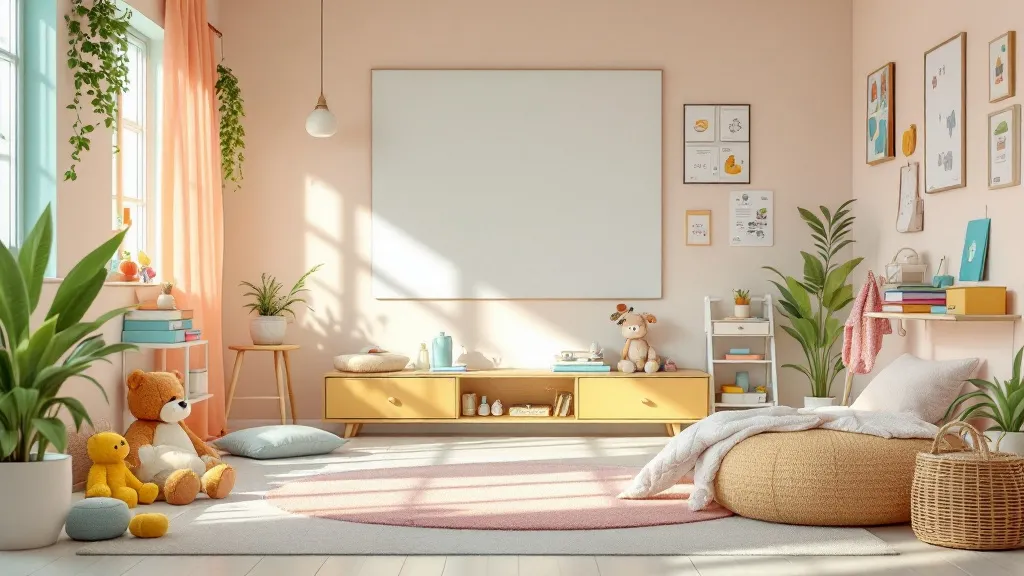
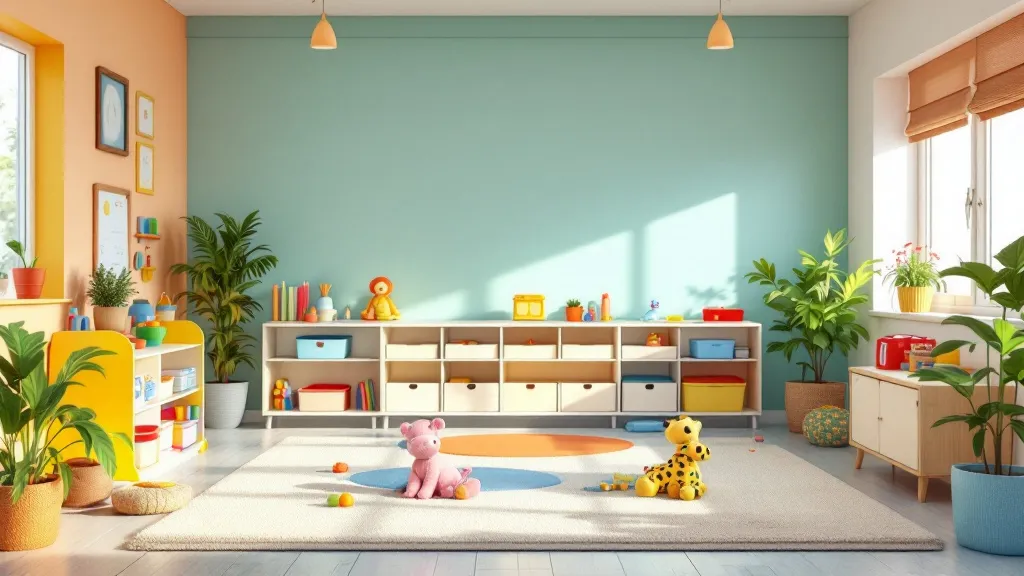
%2520(1).jpeg)


